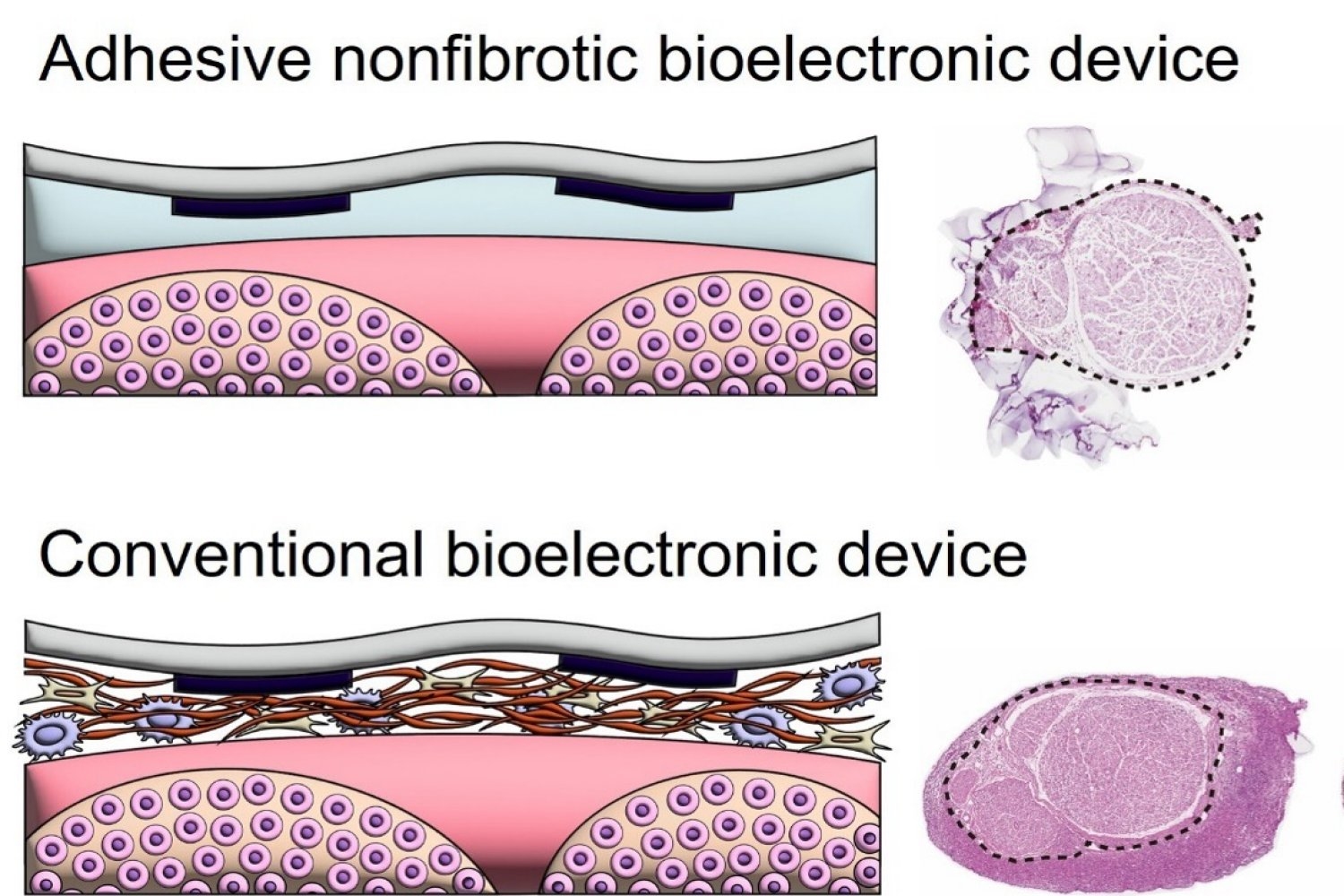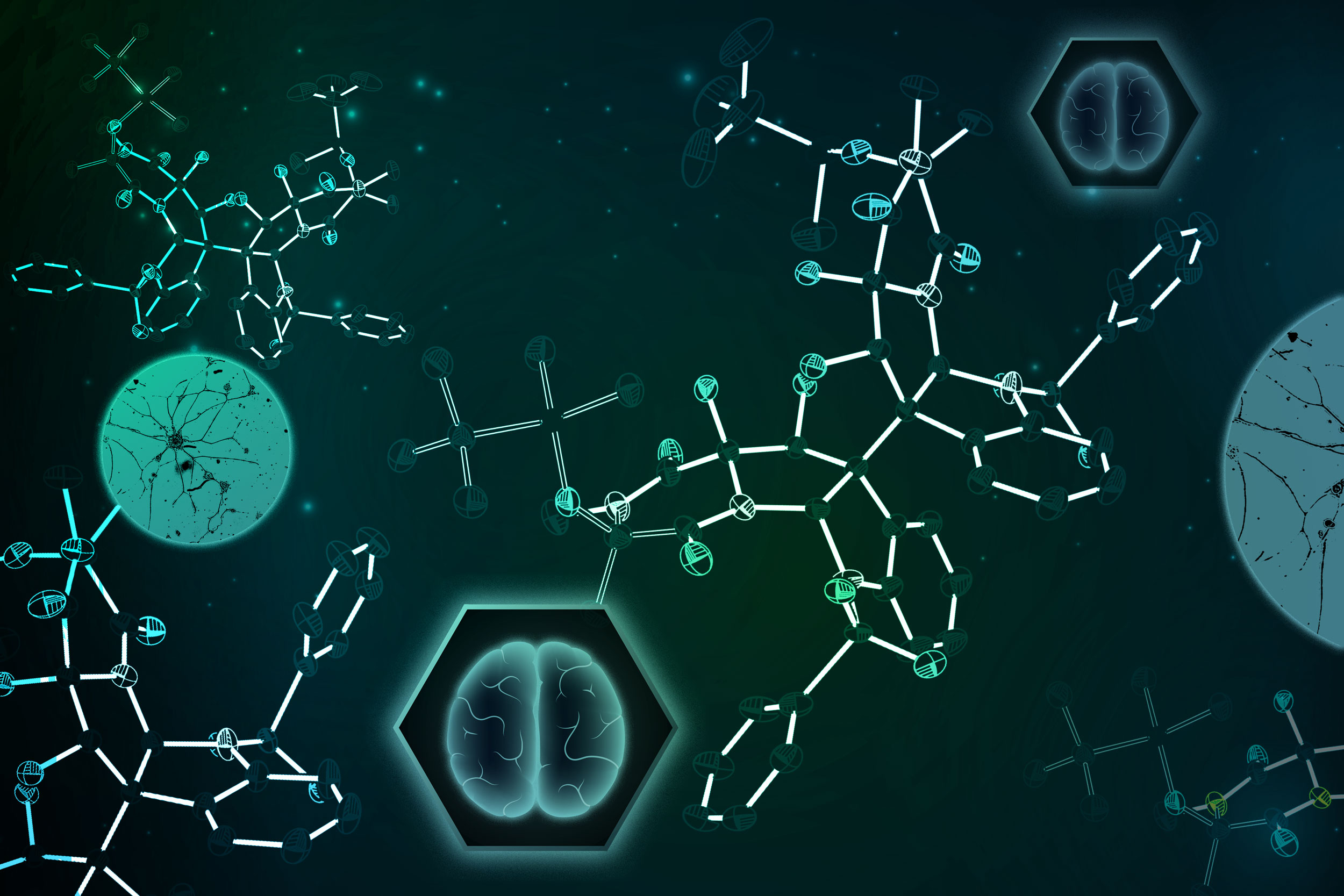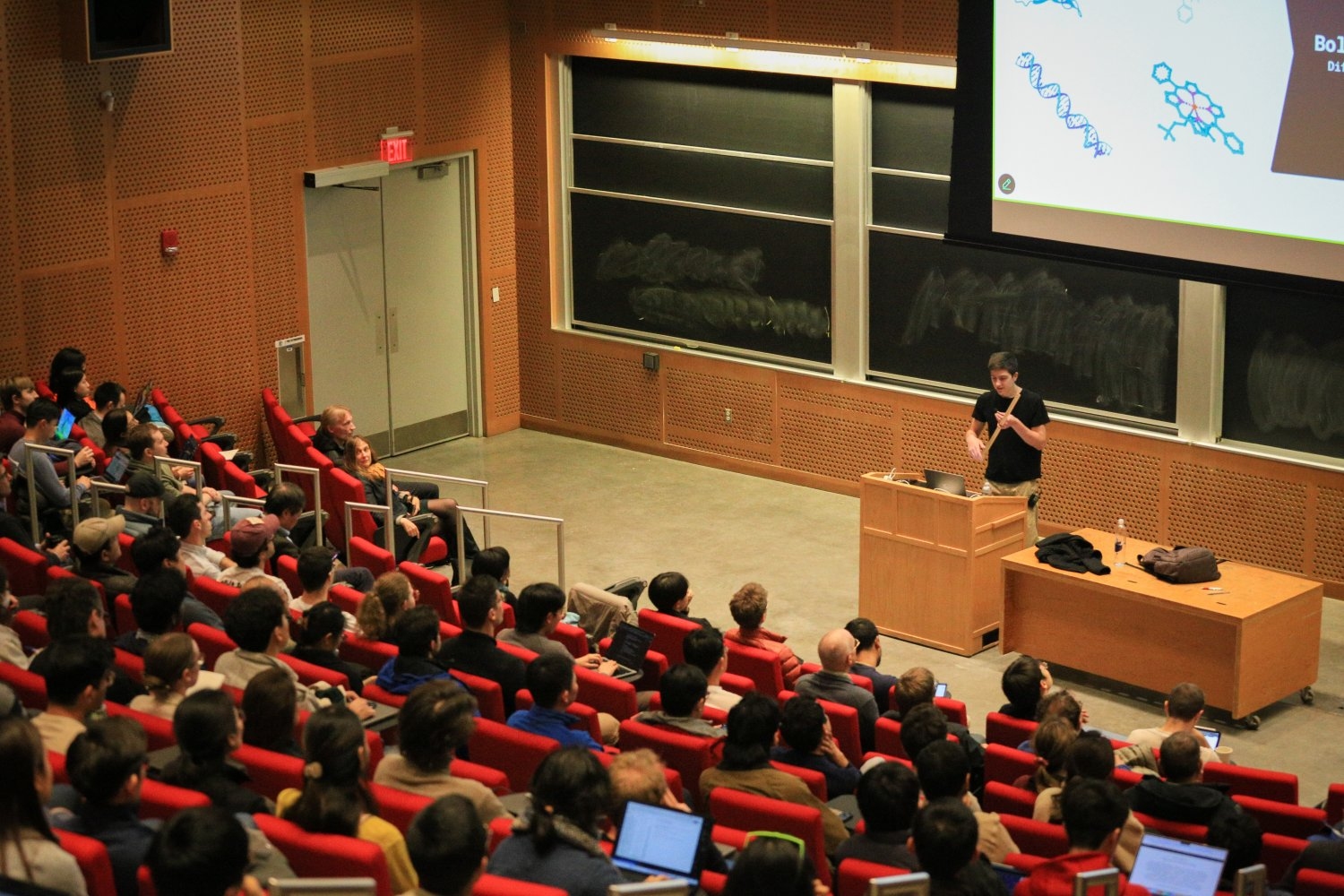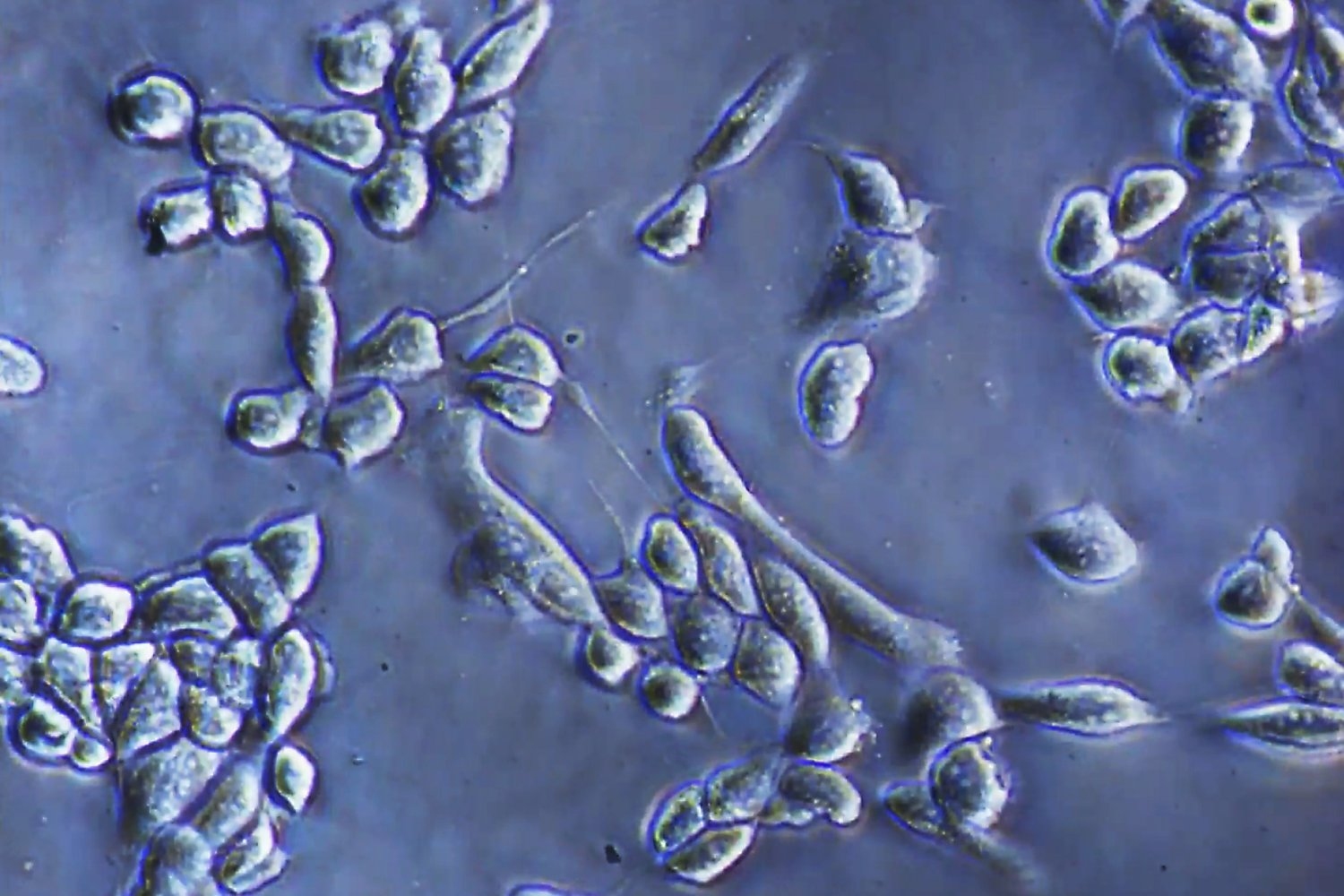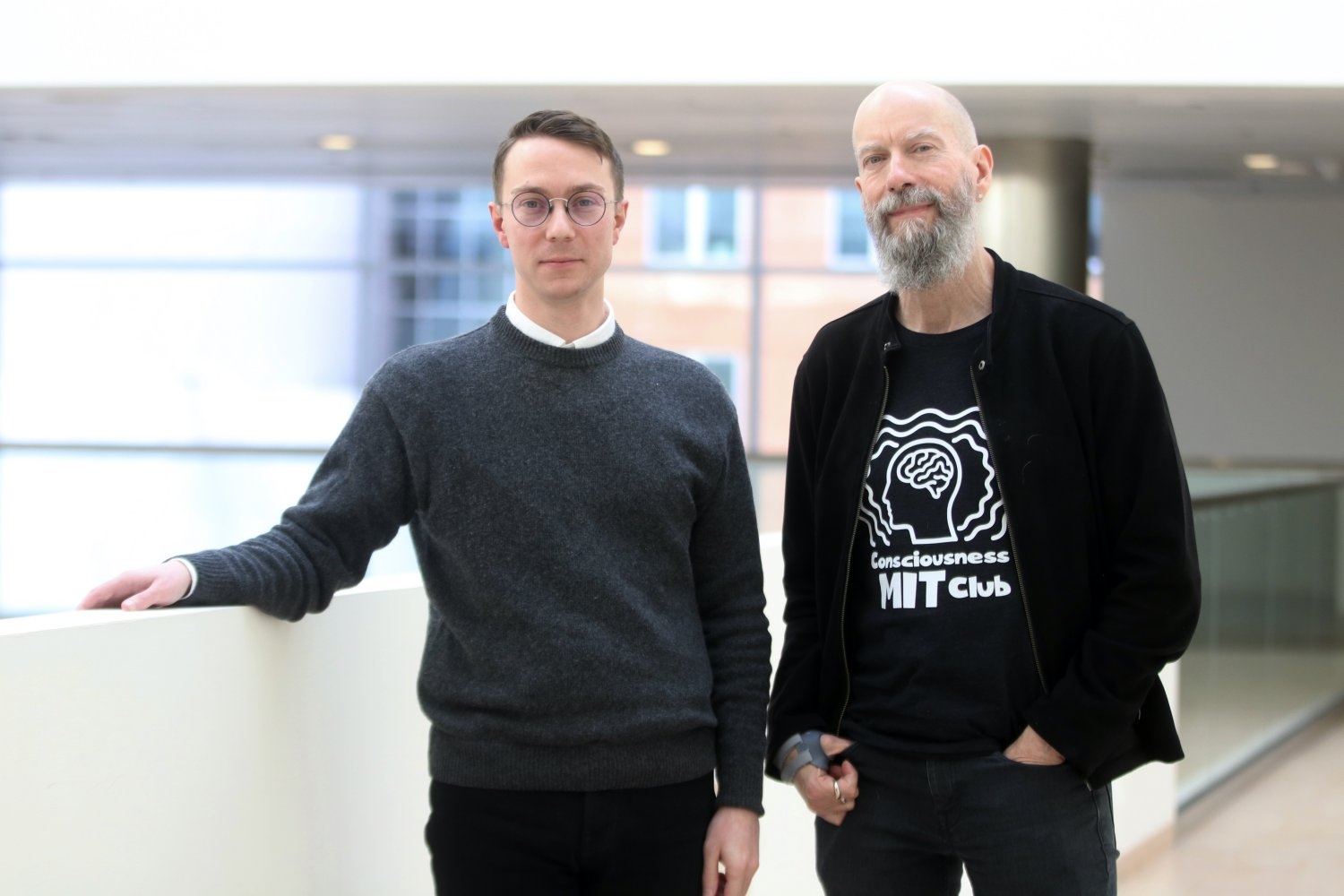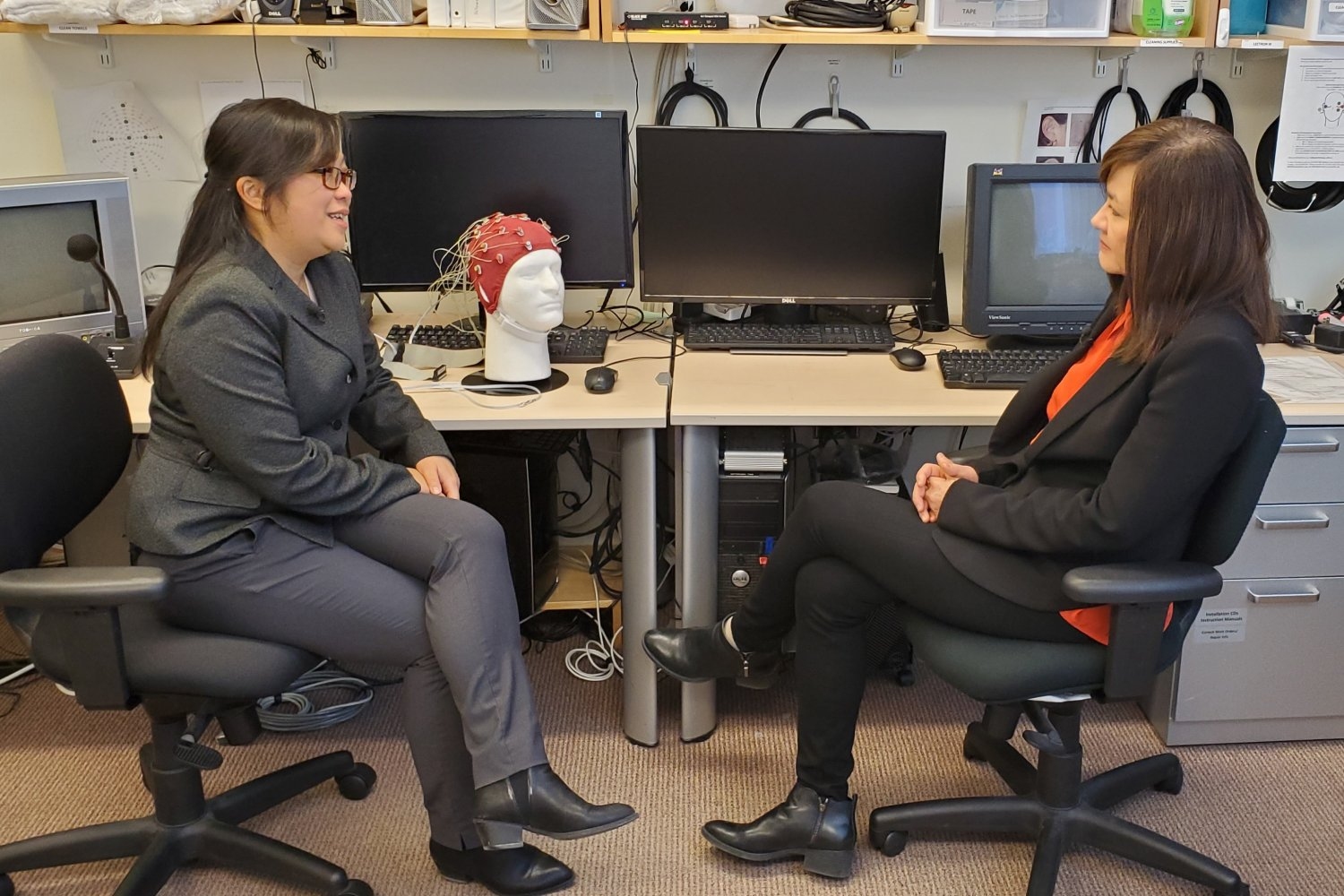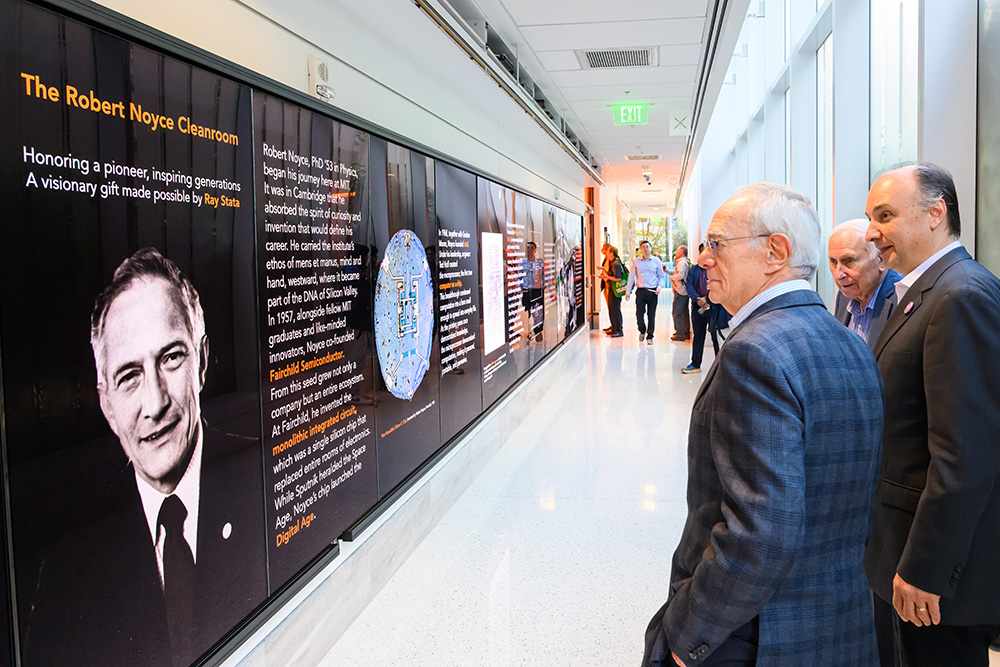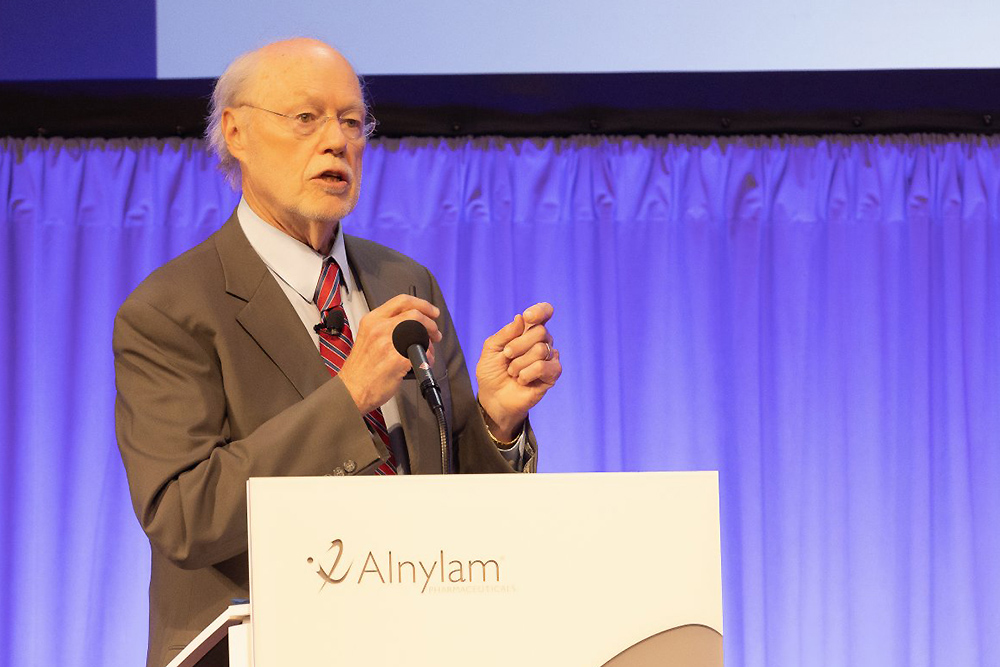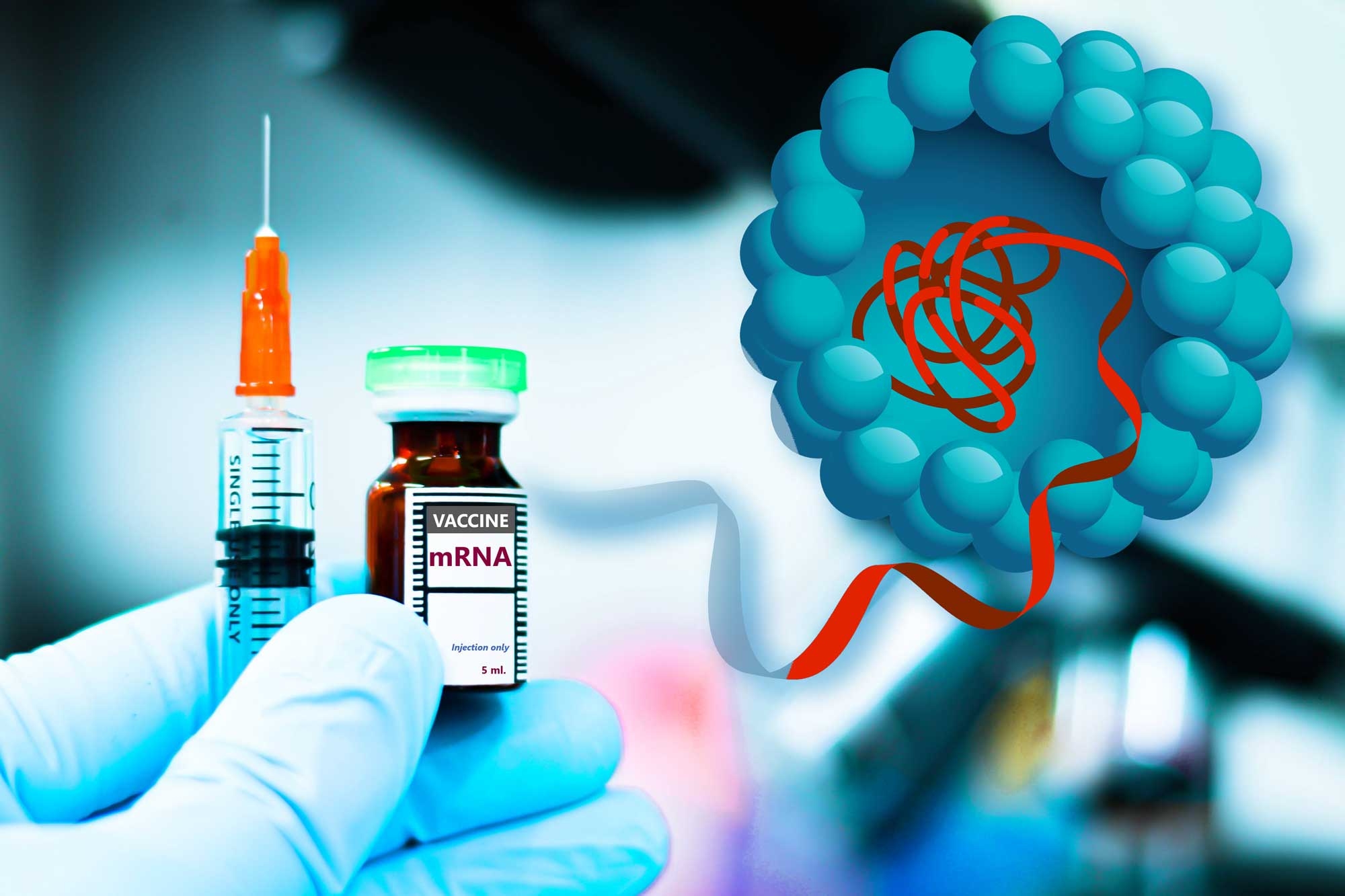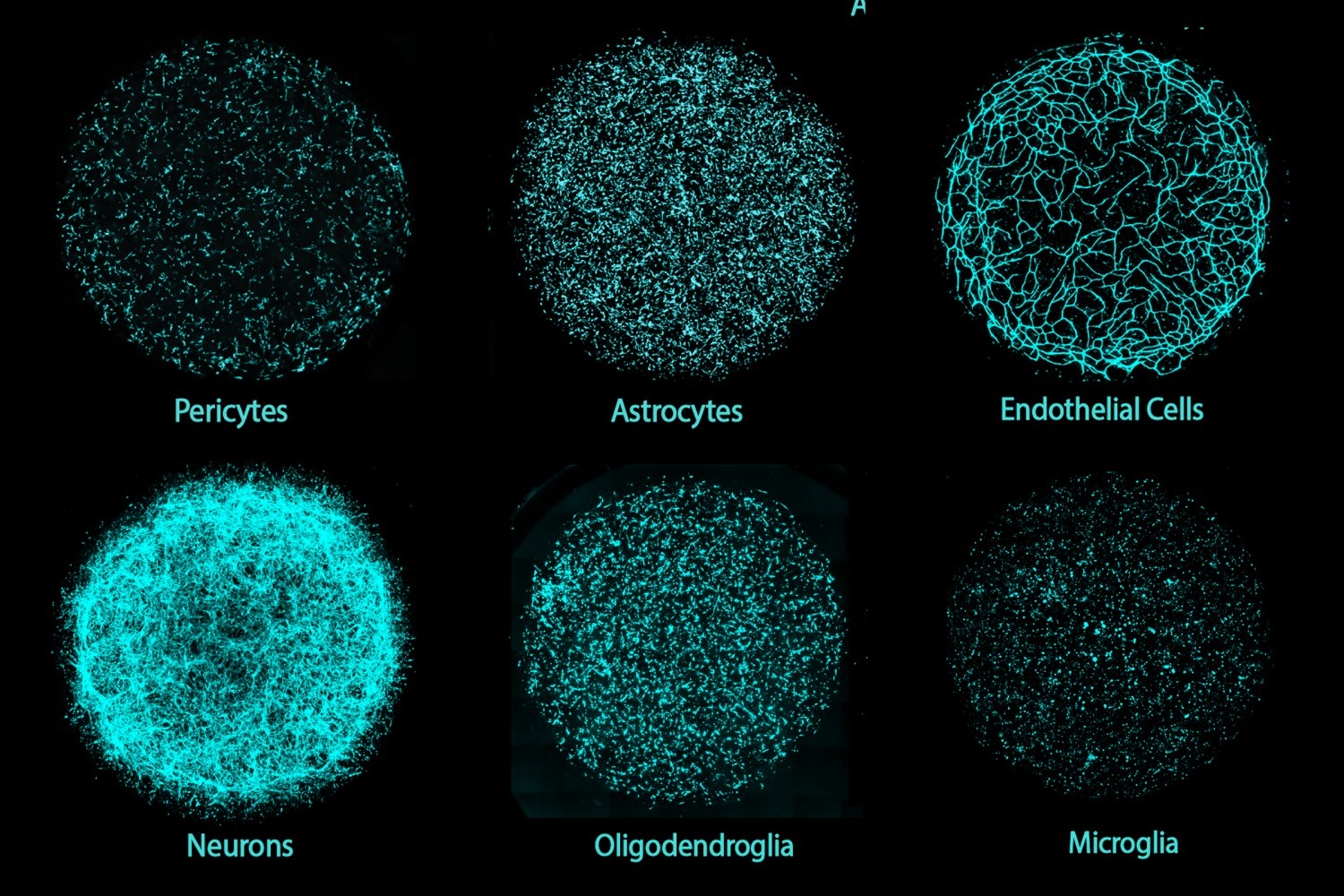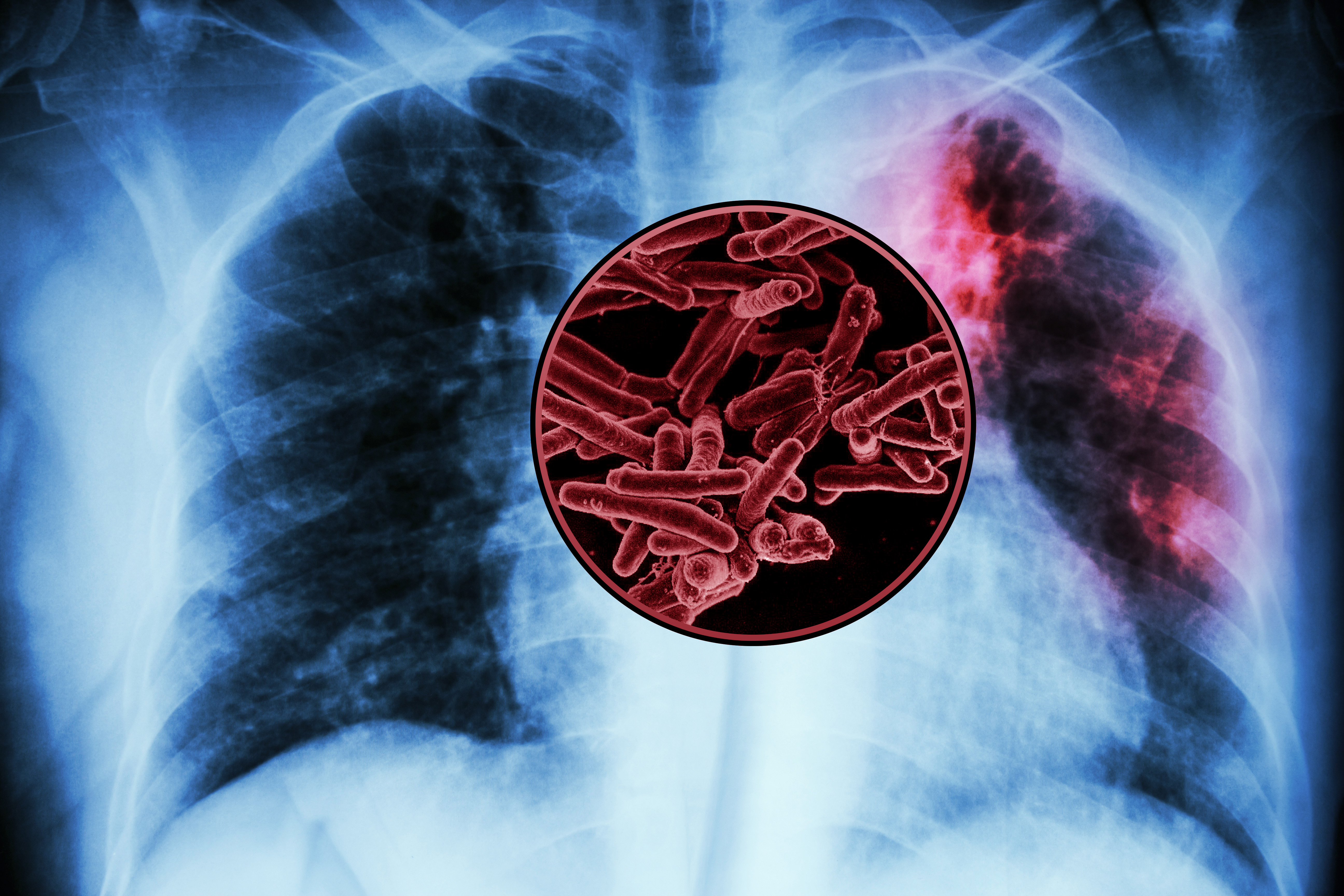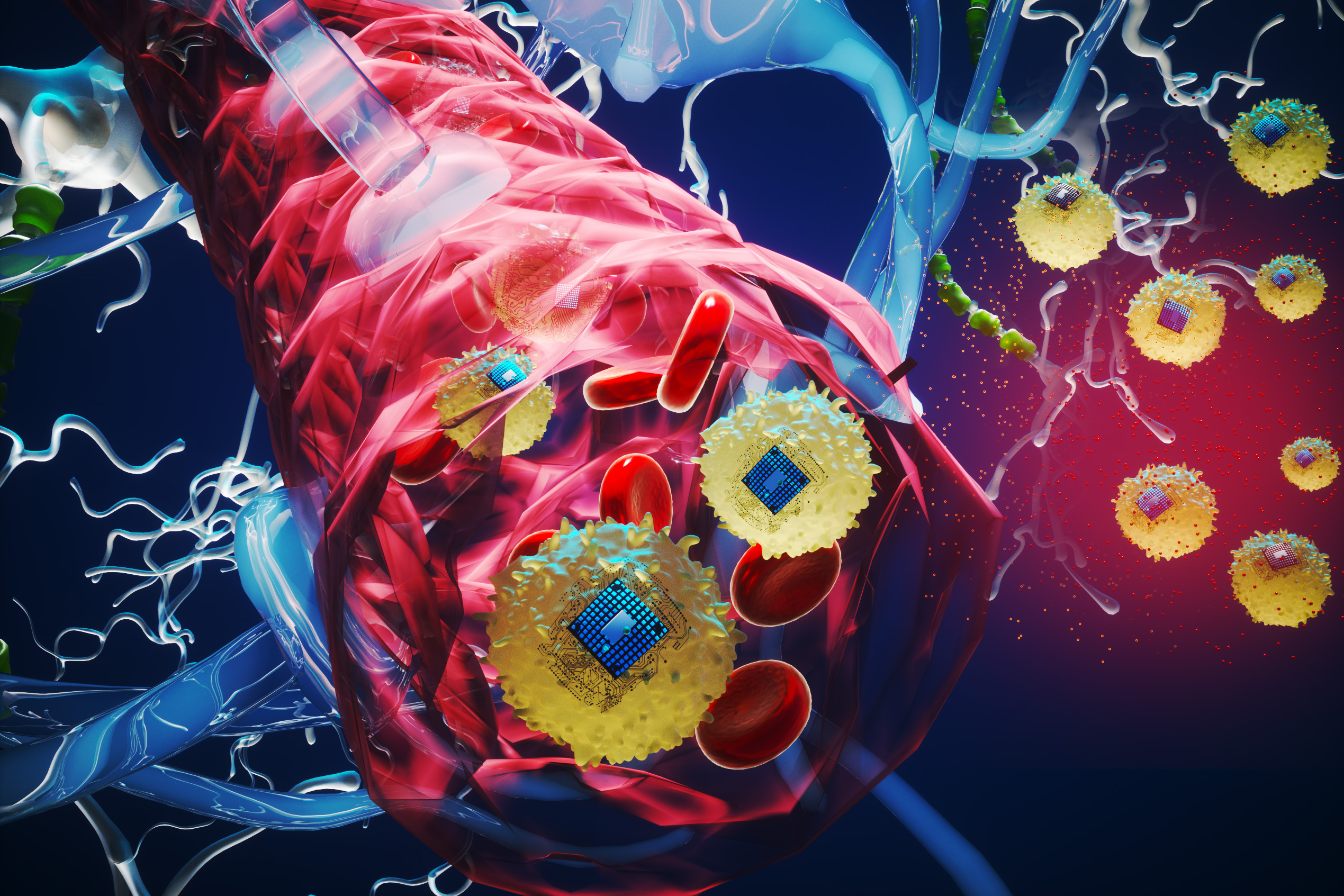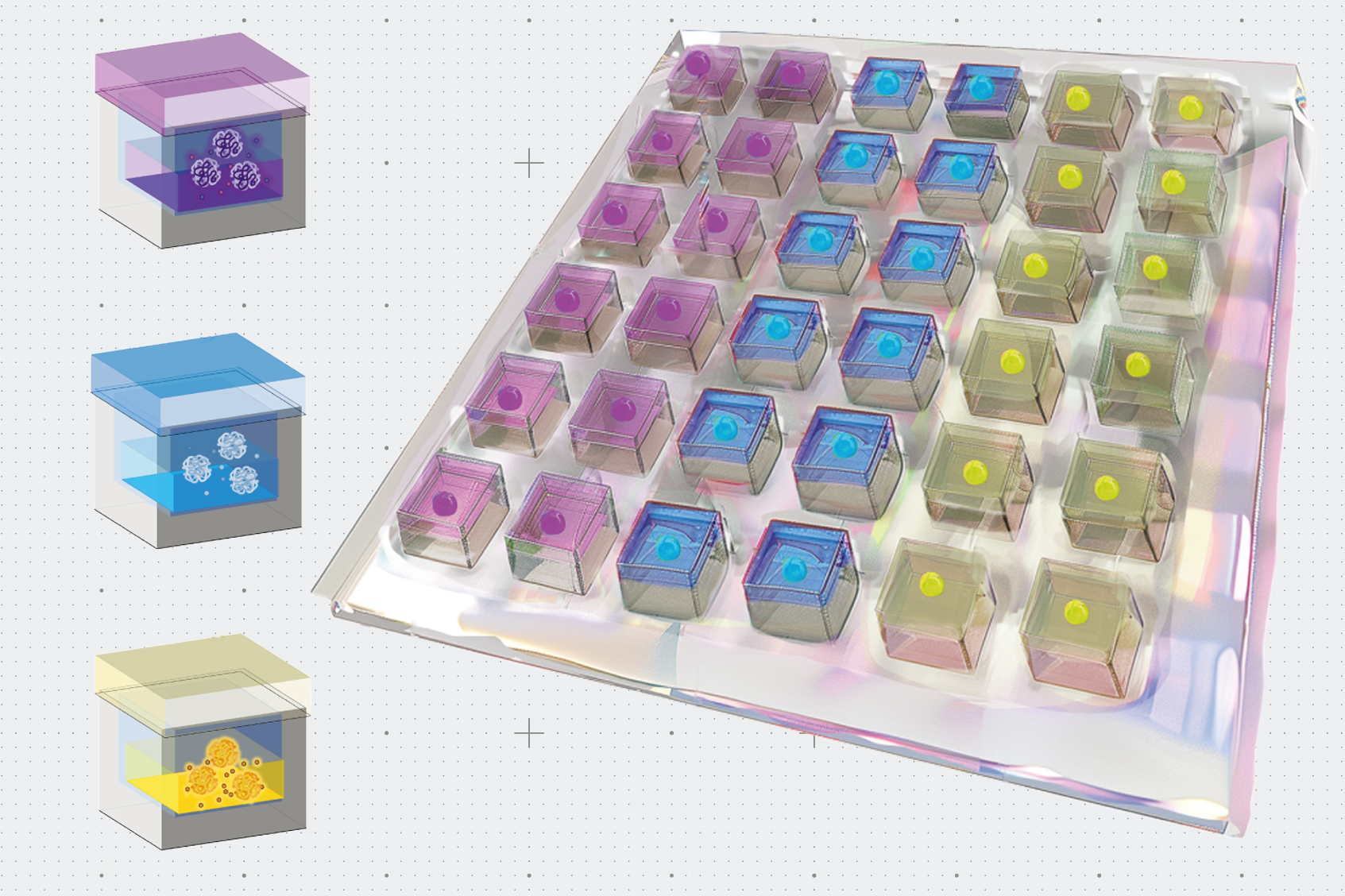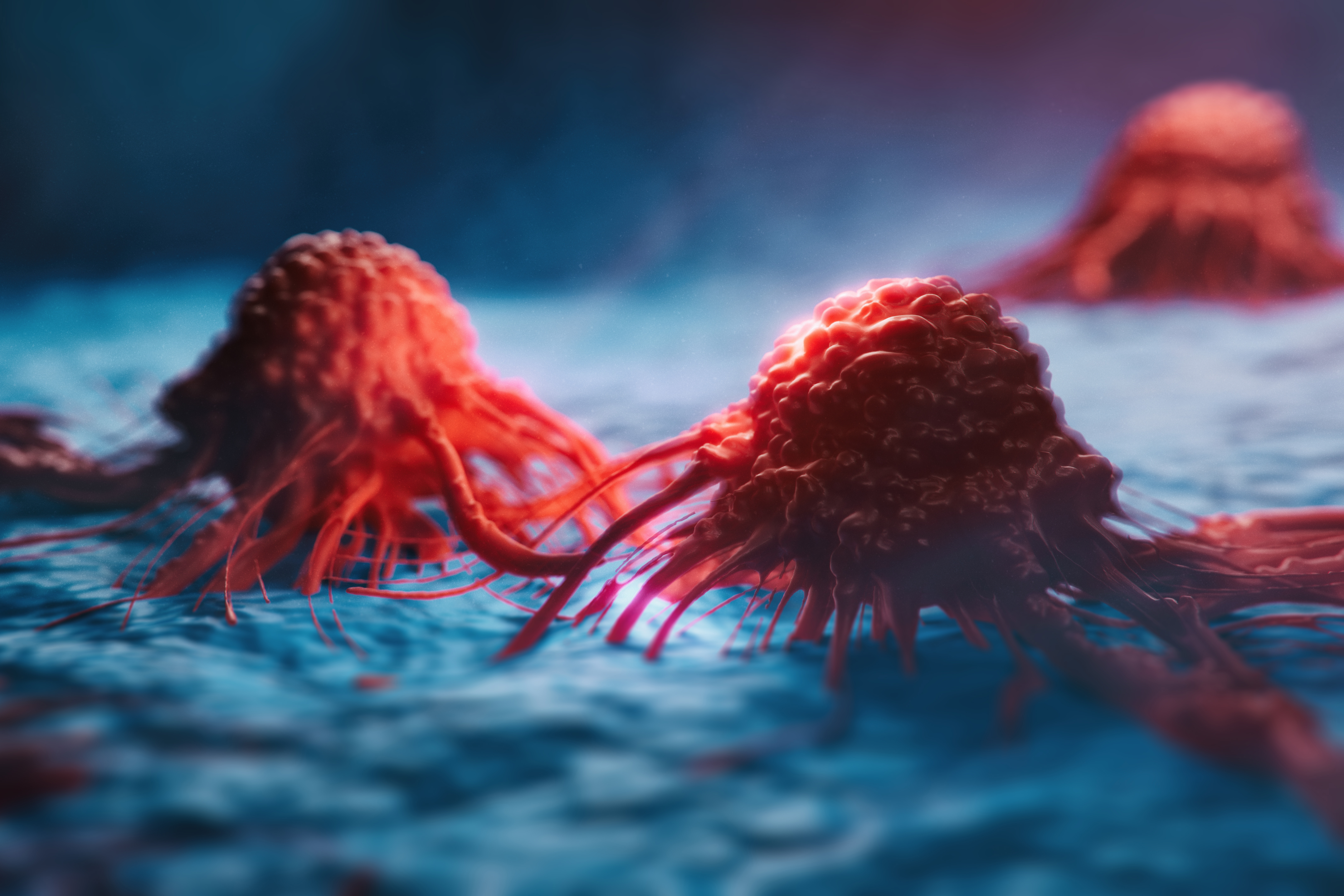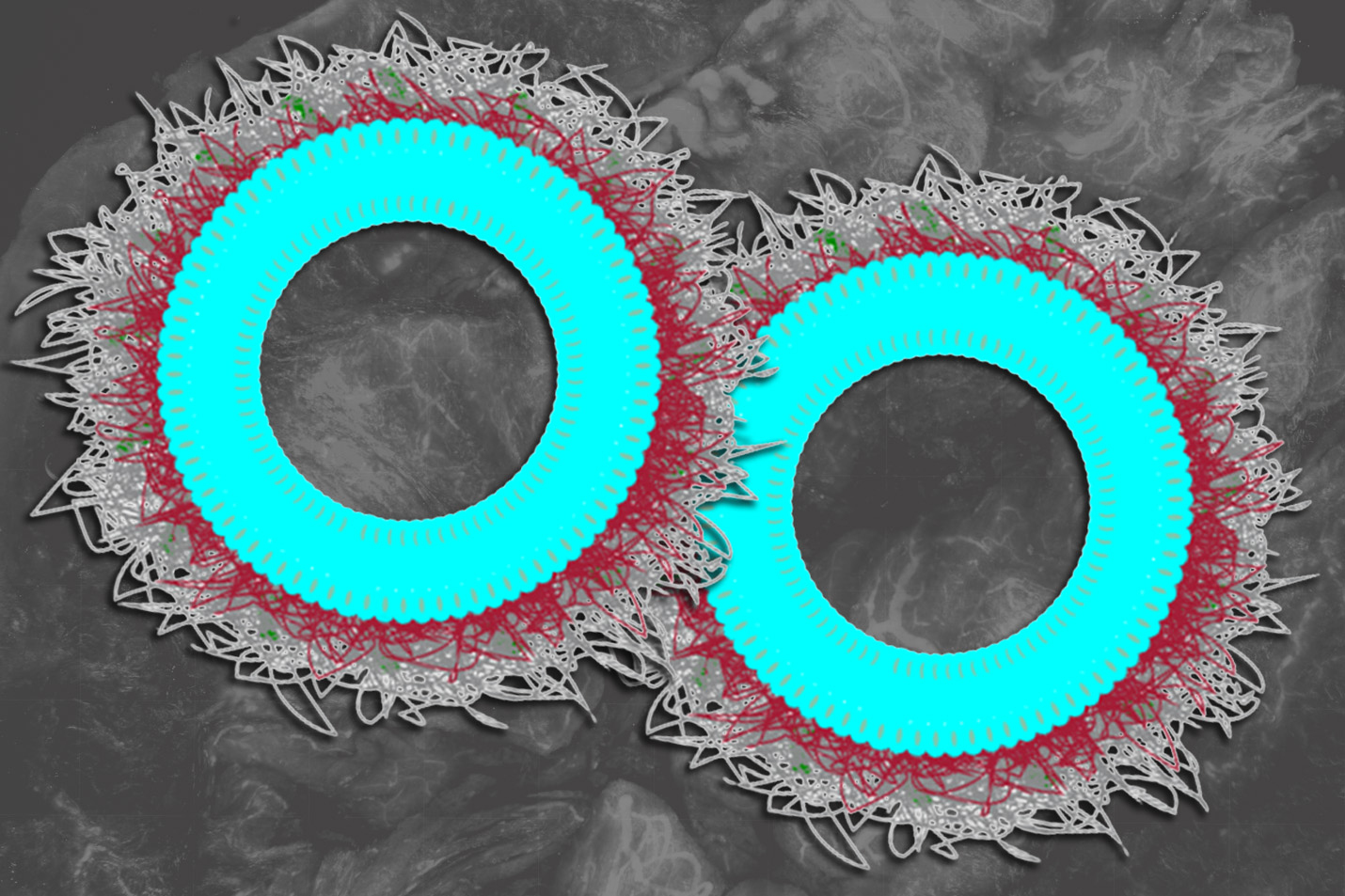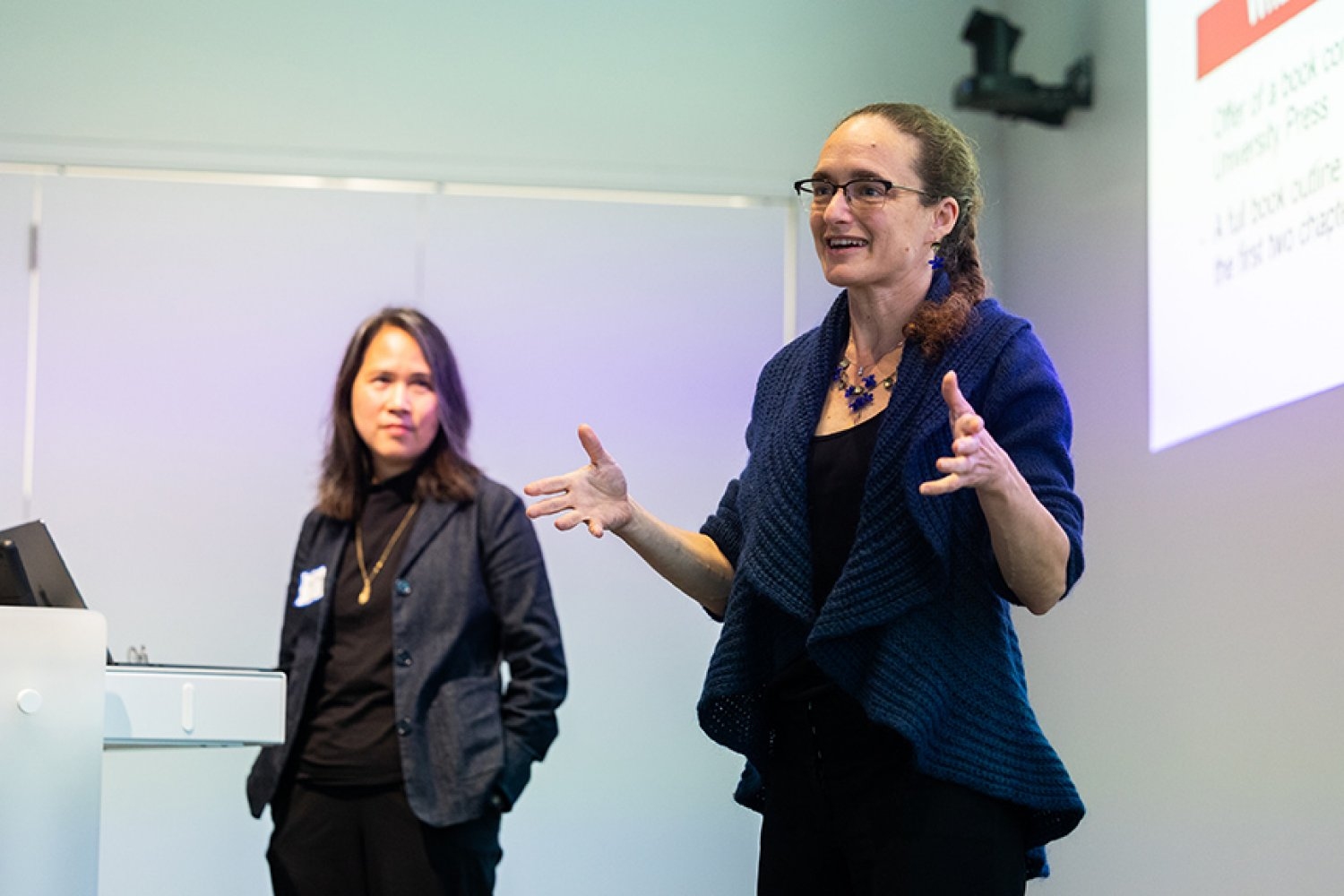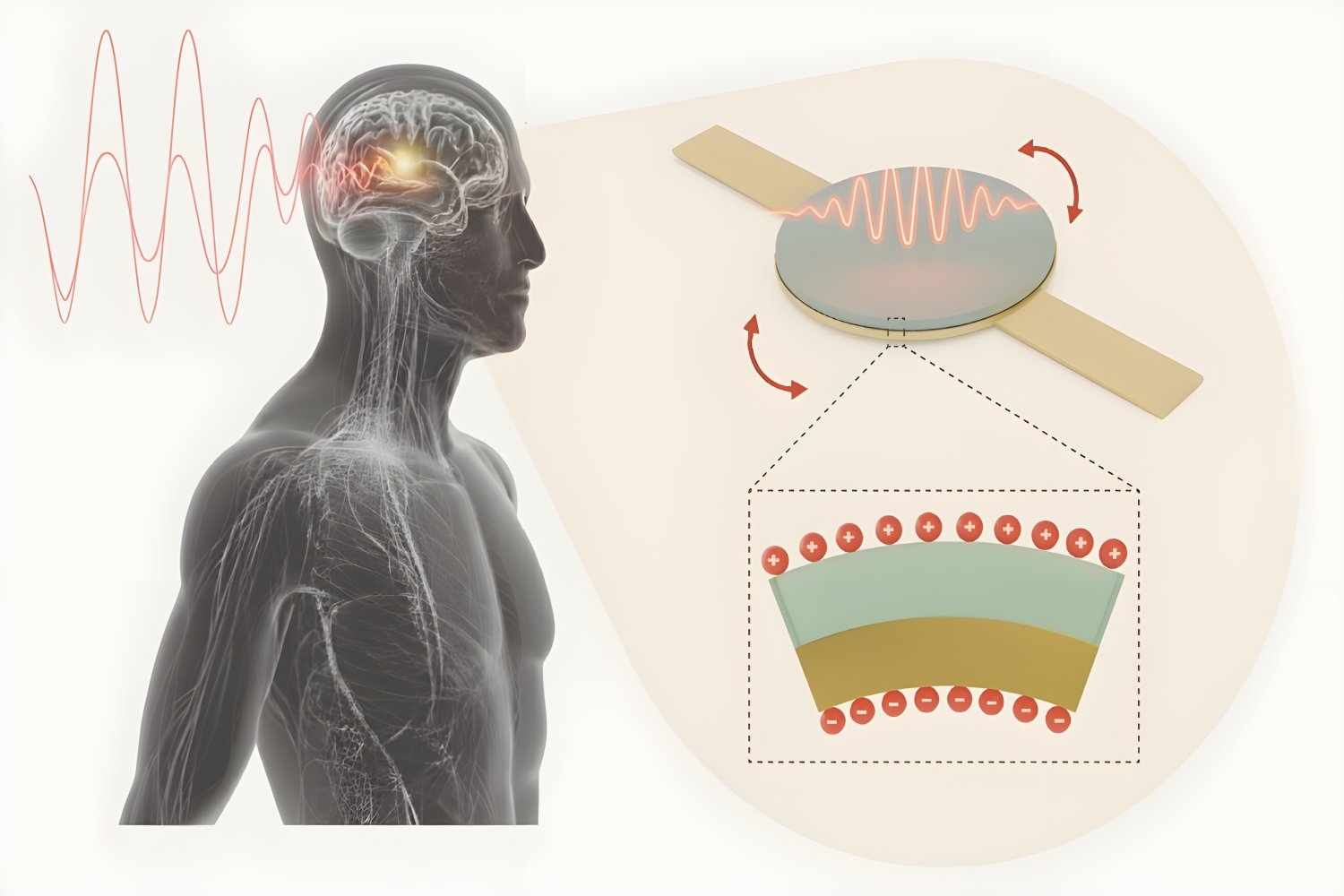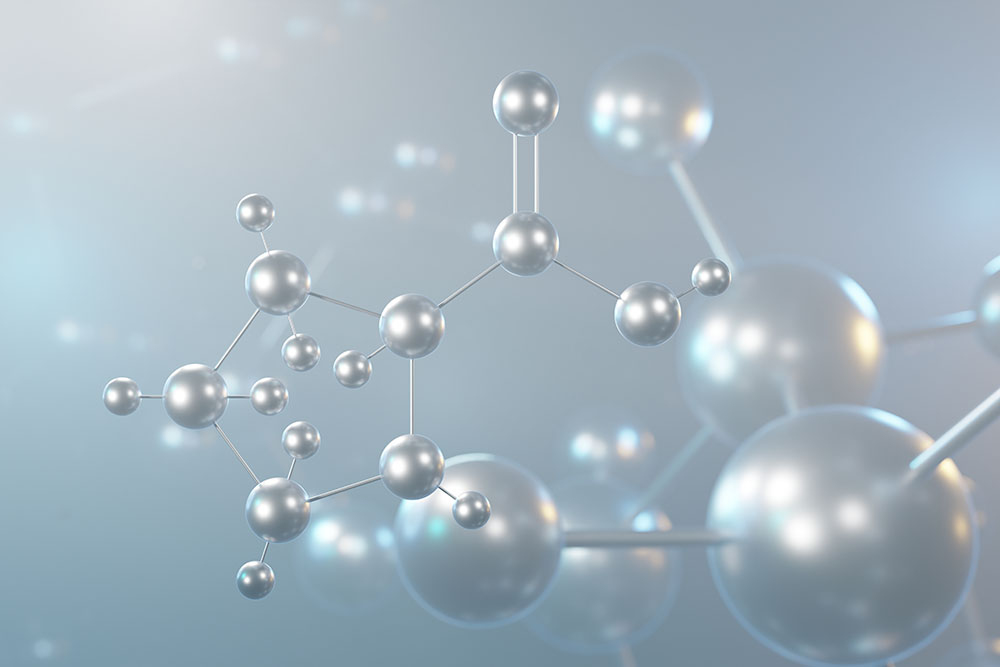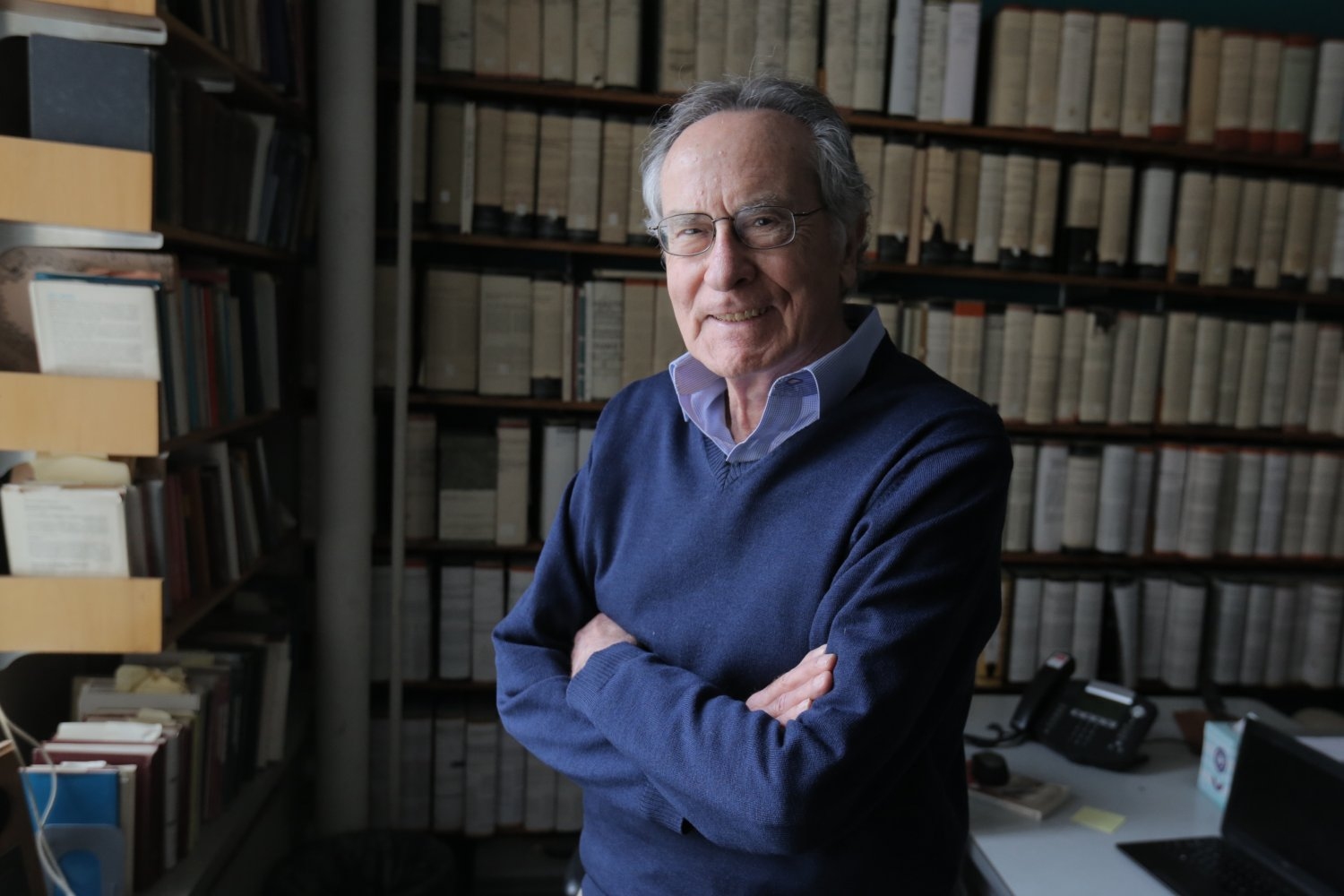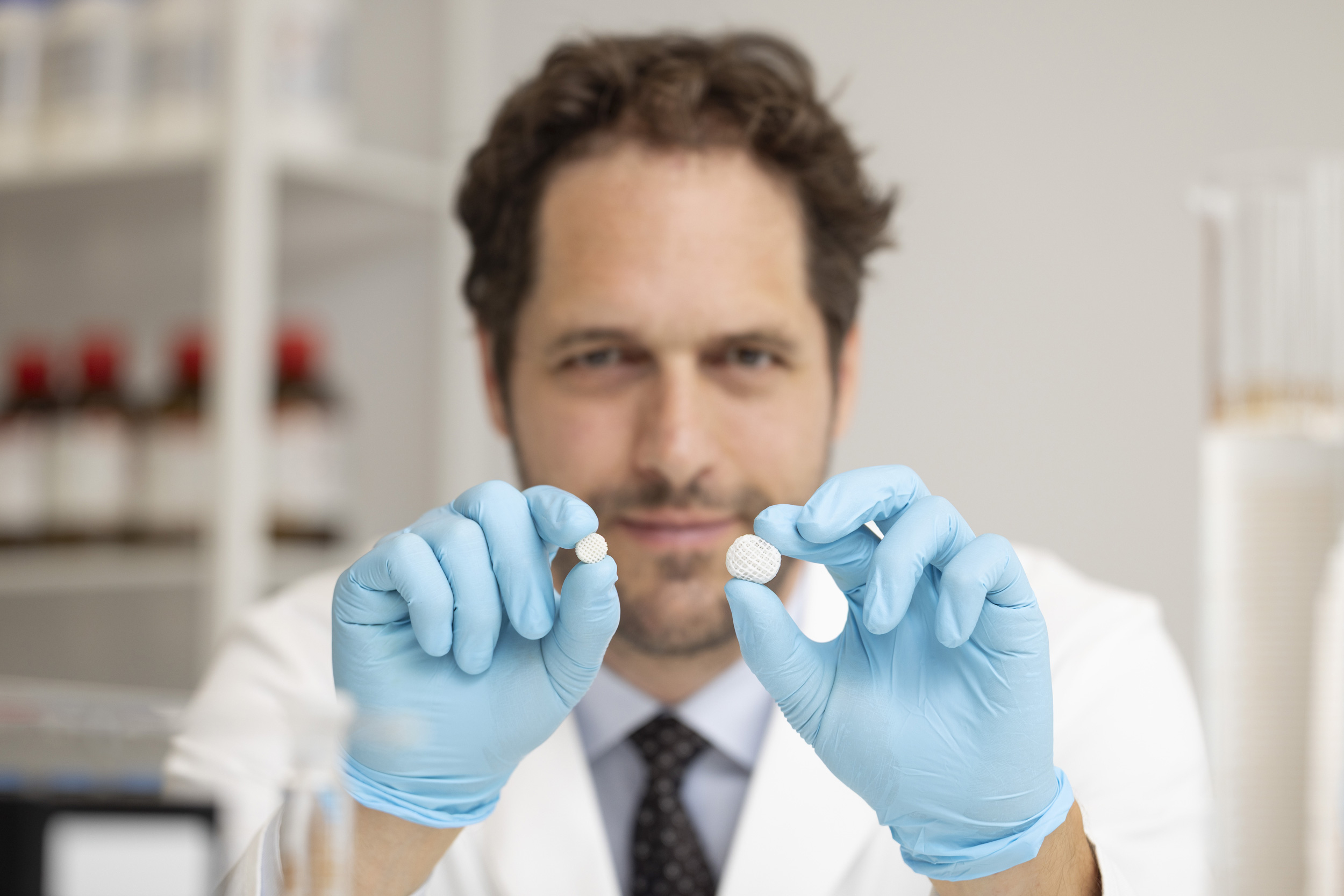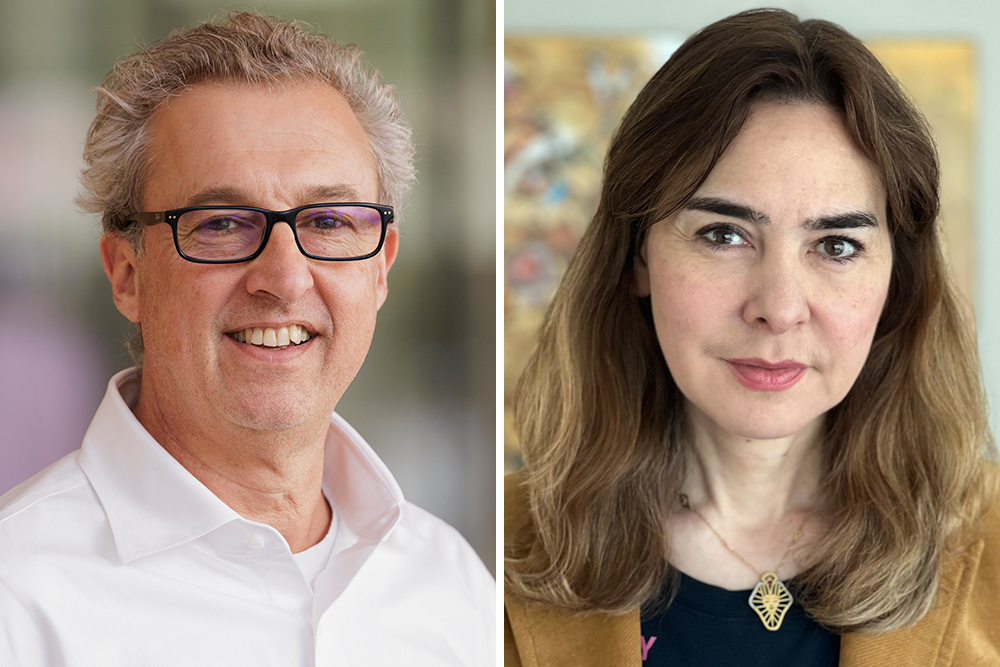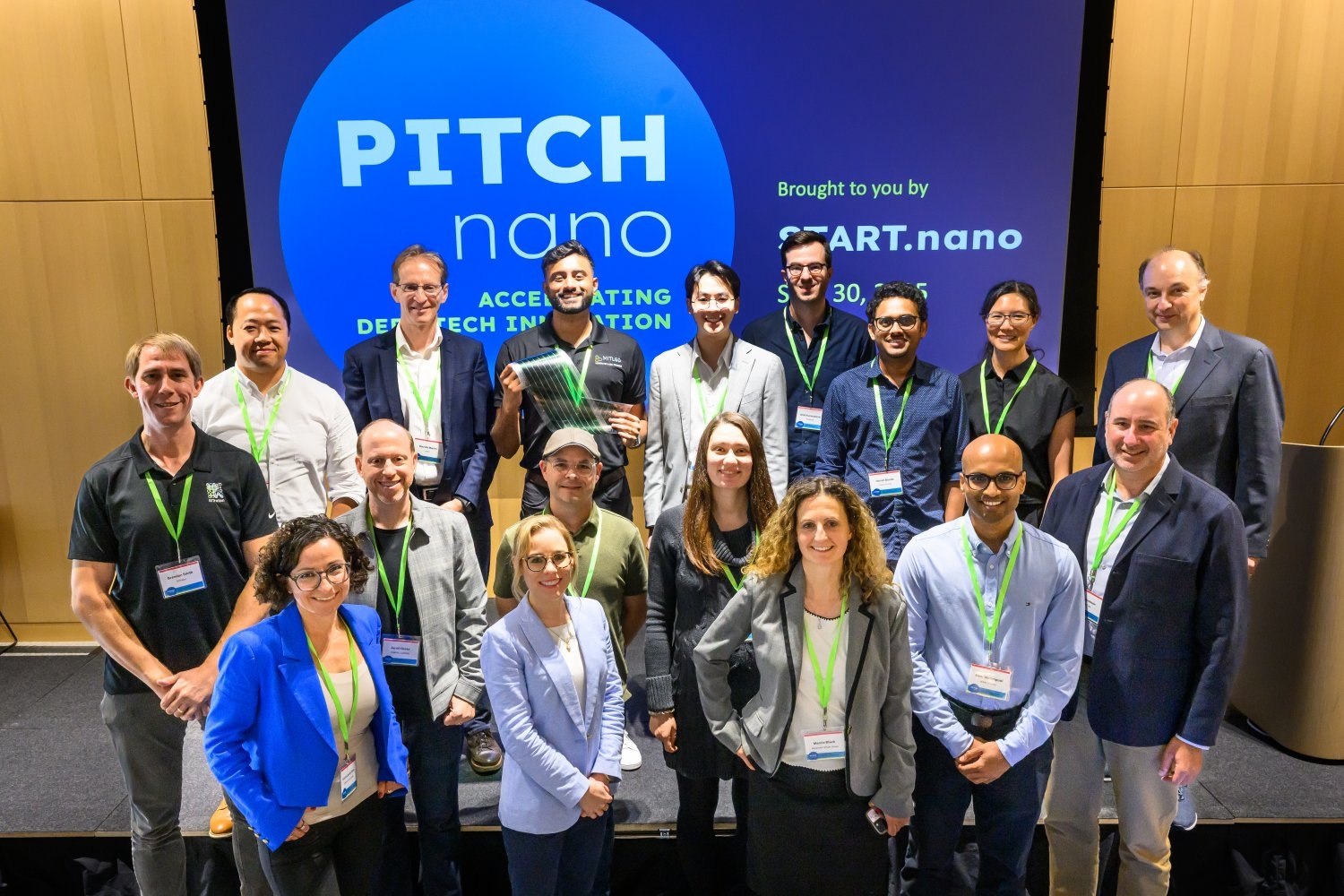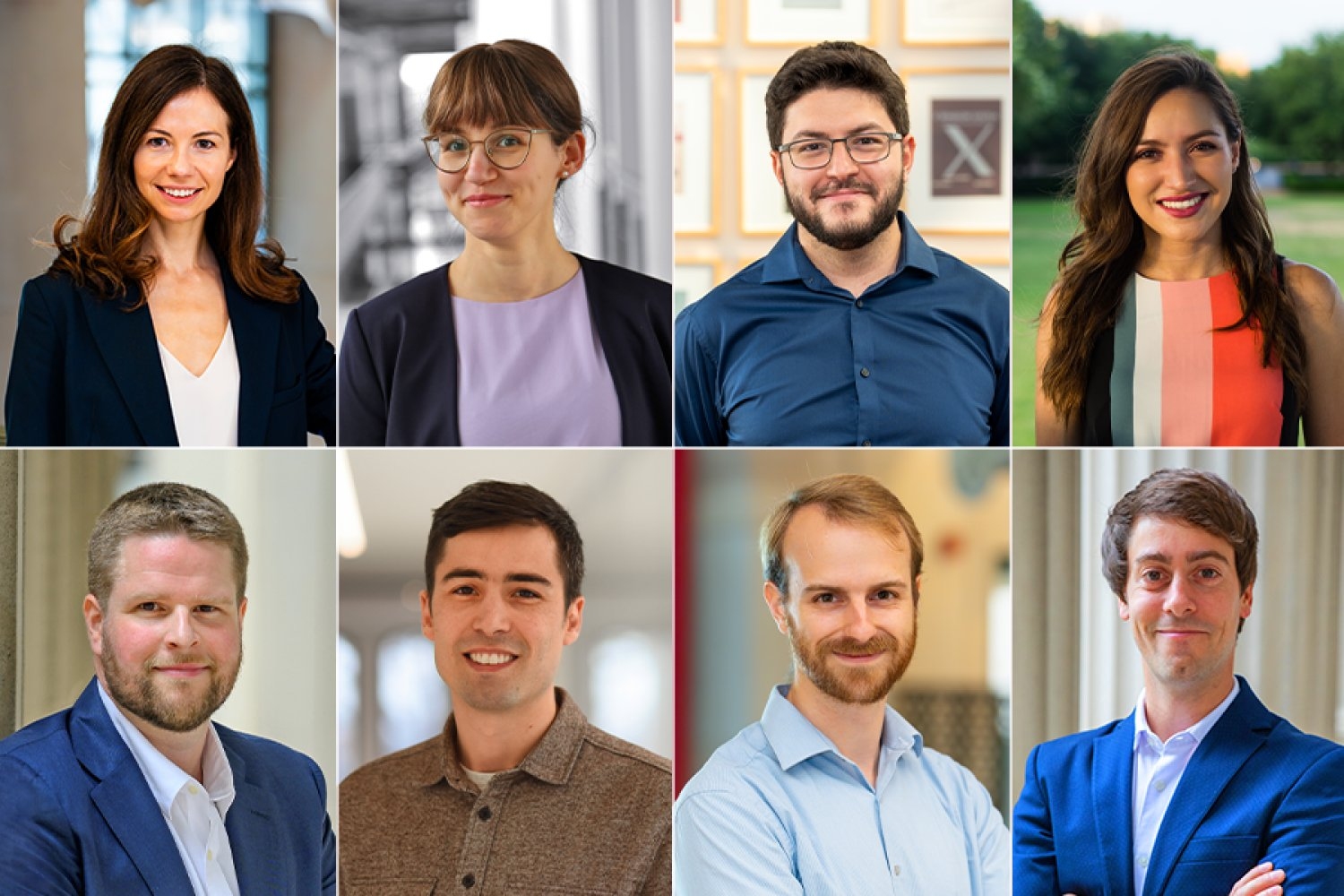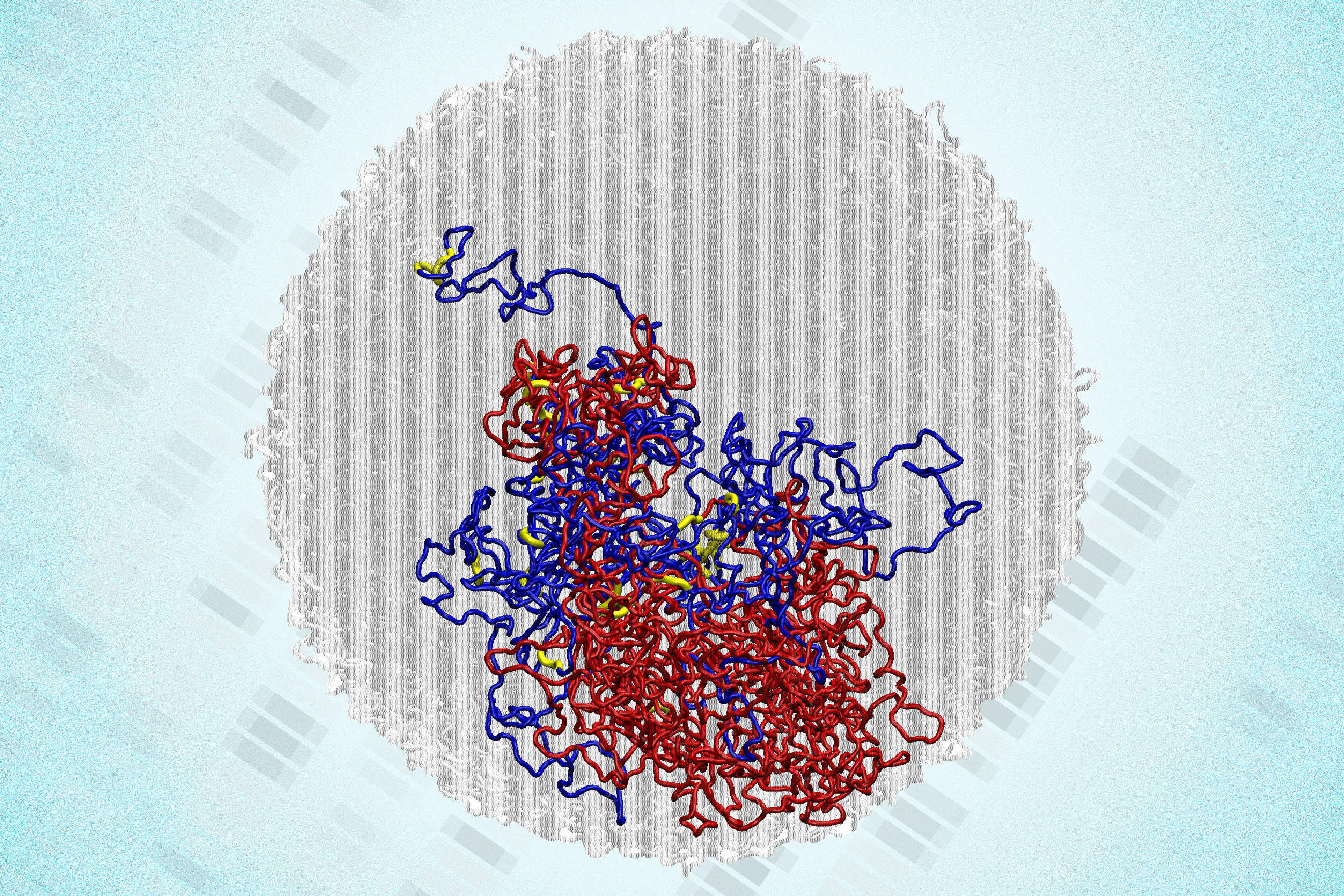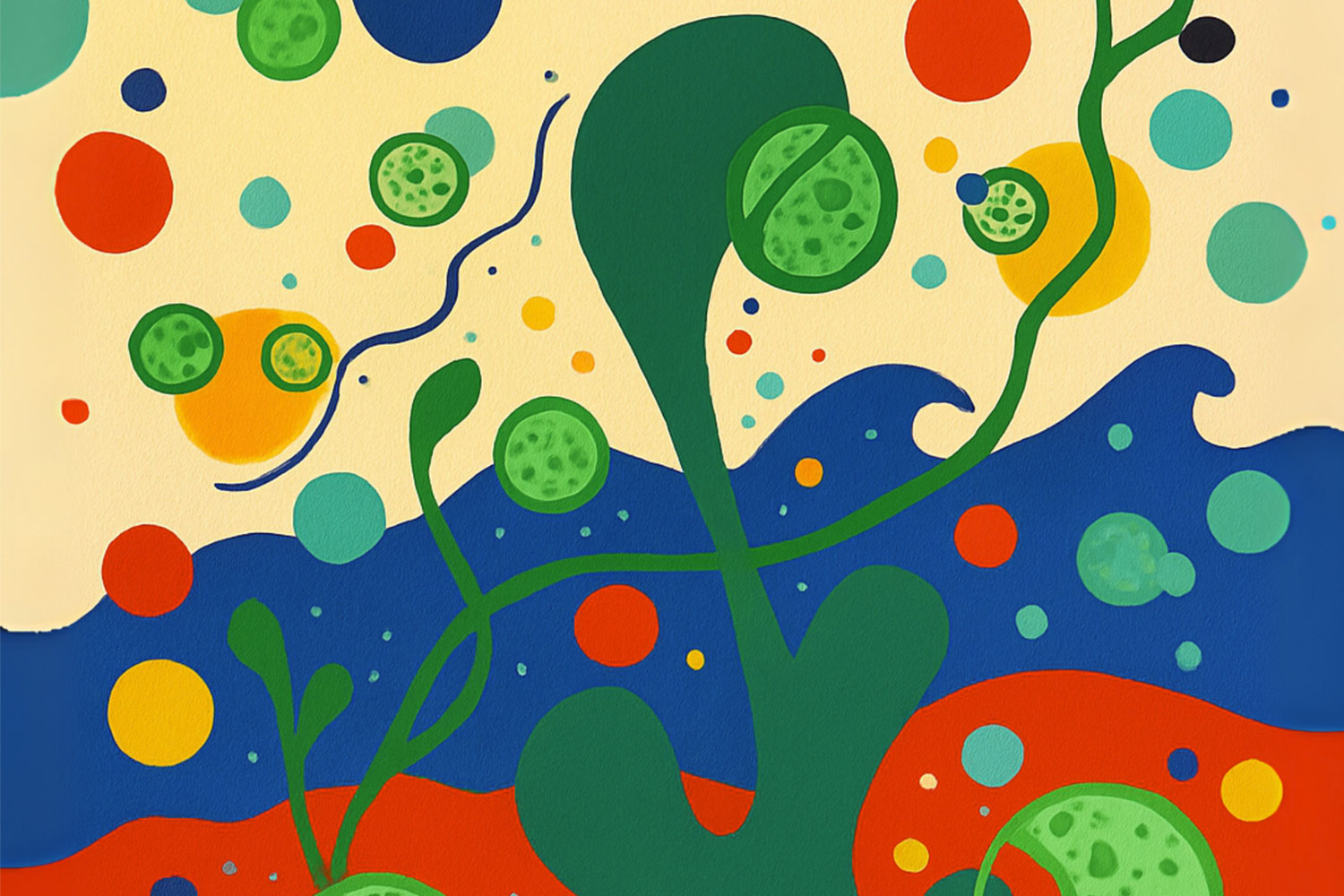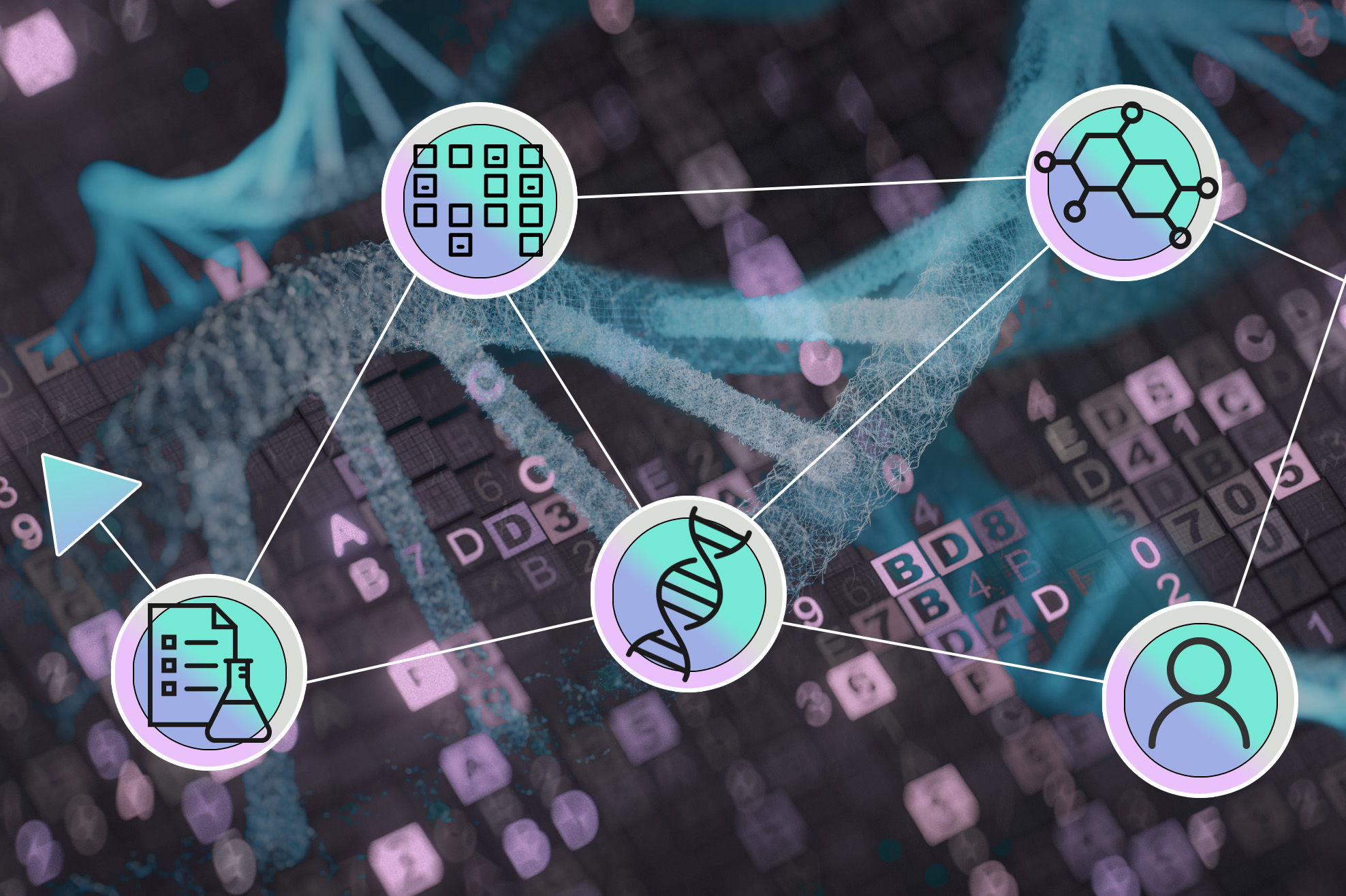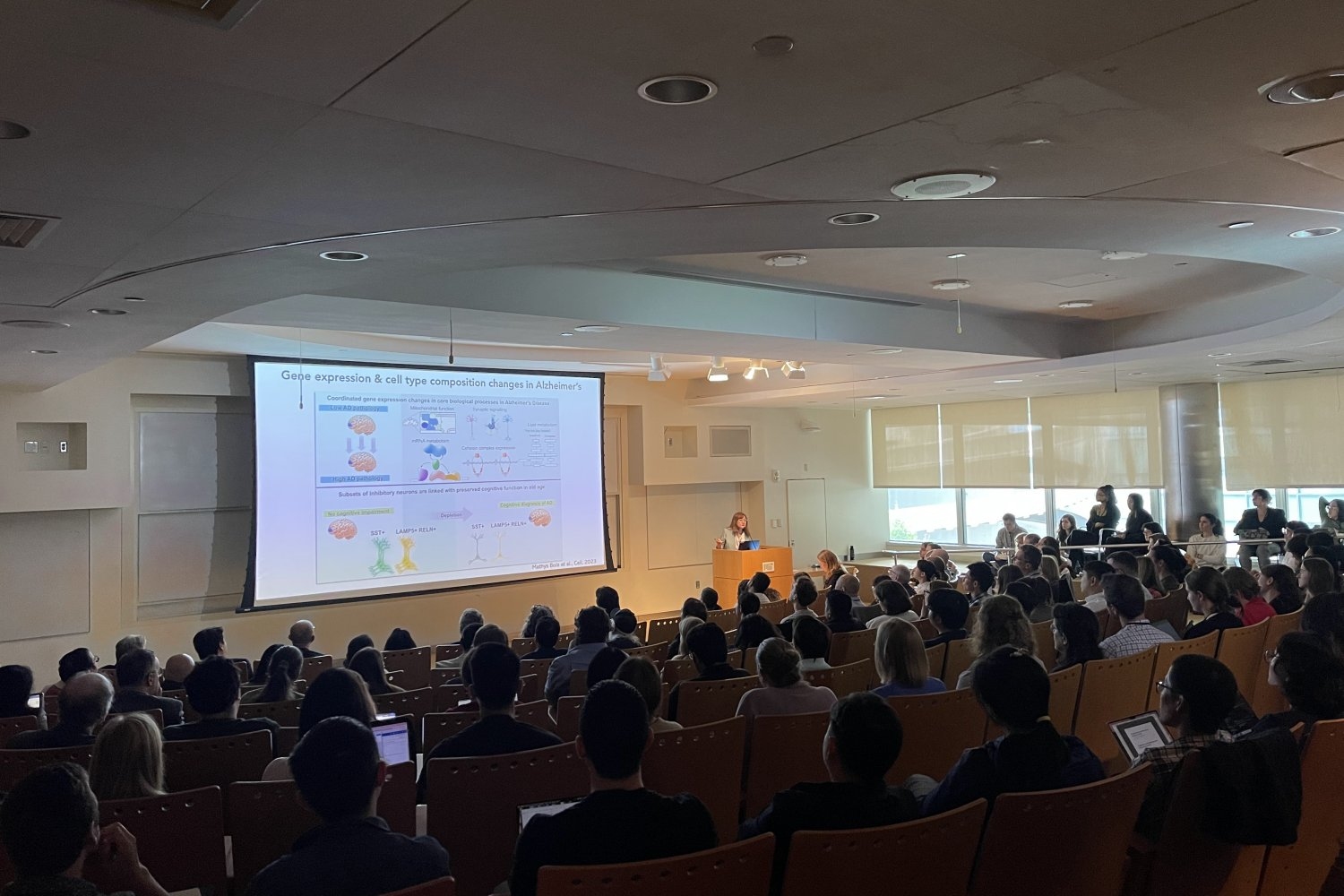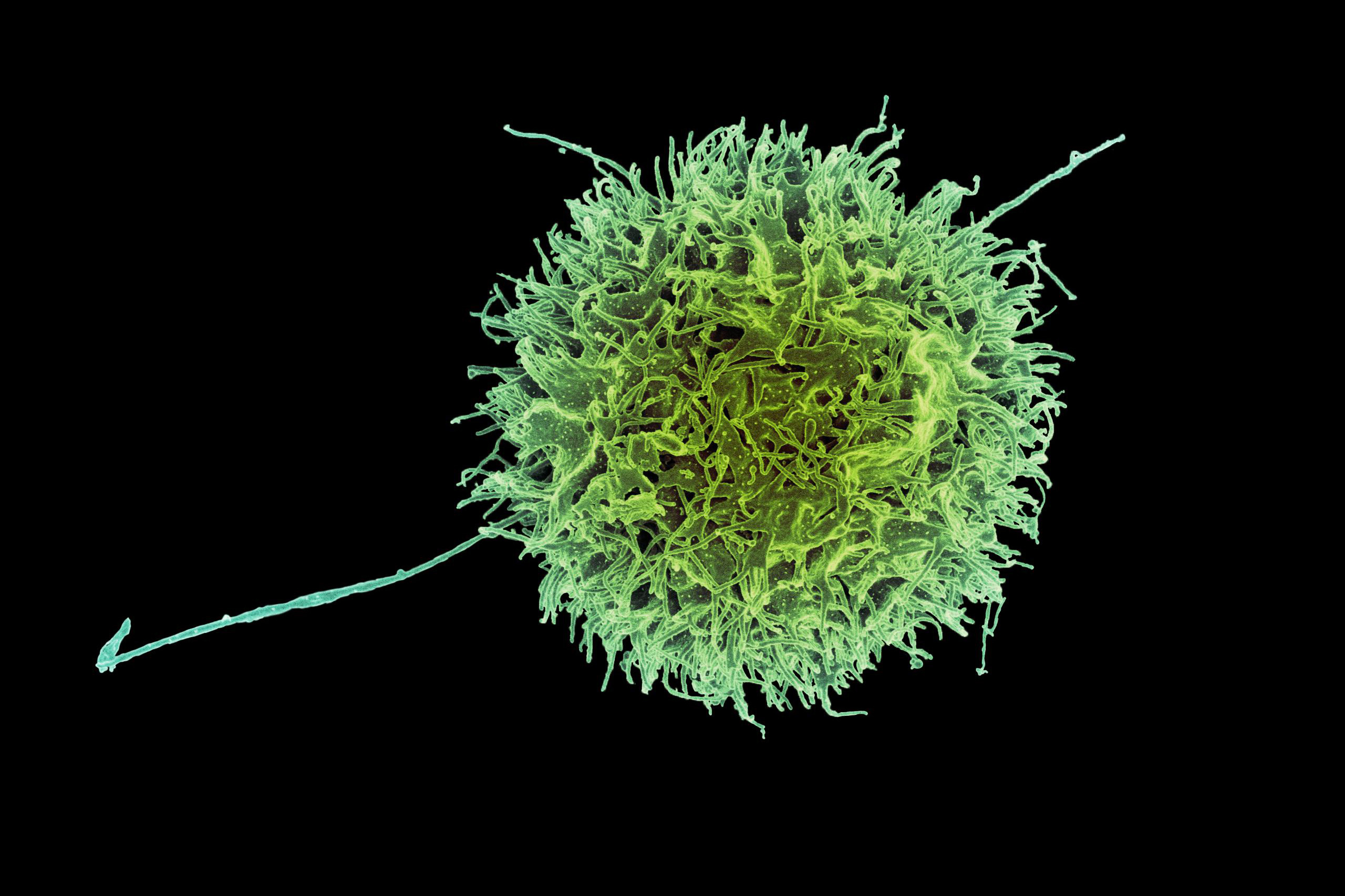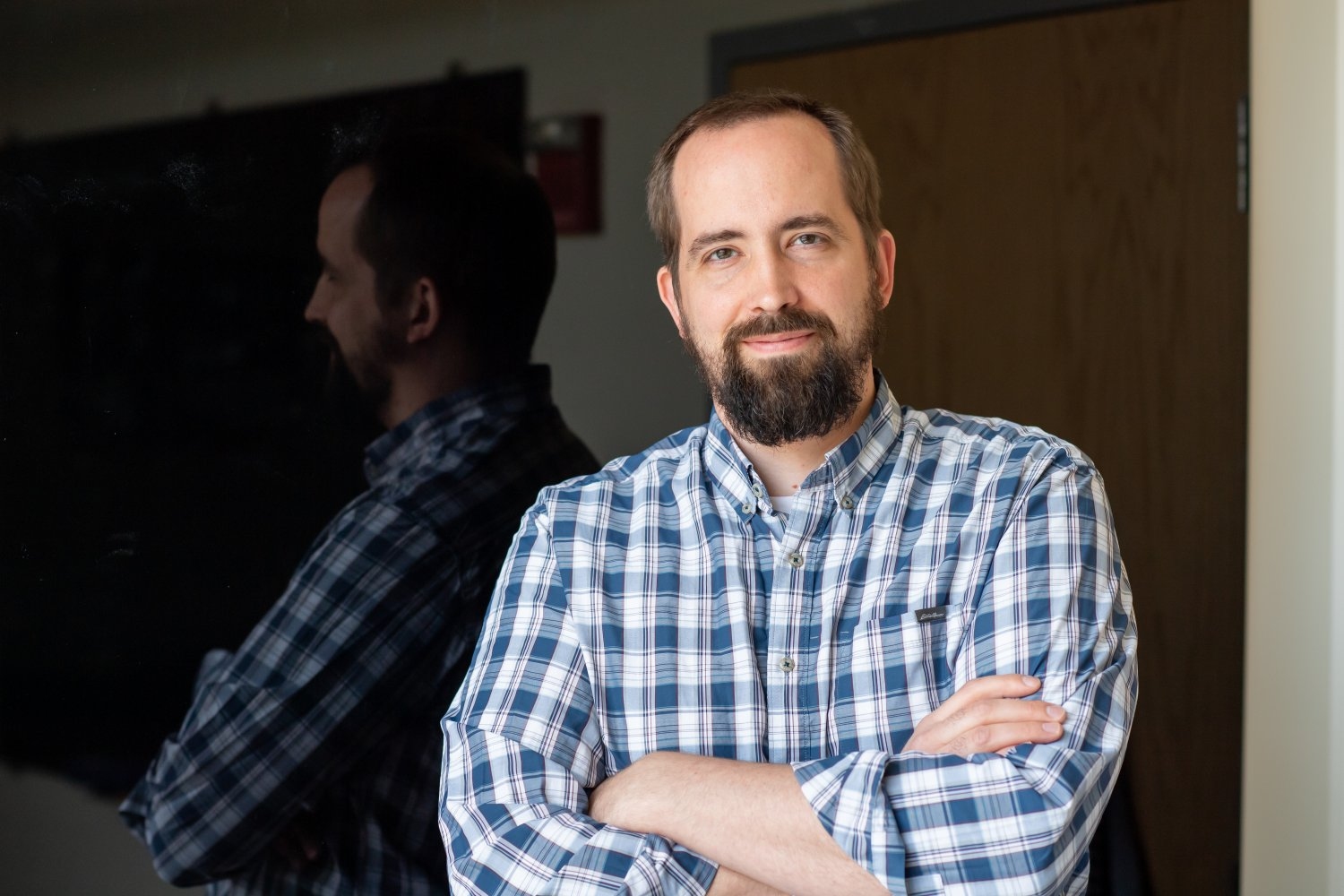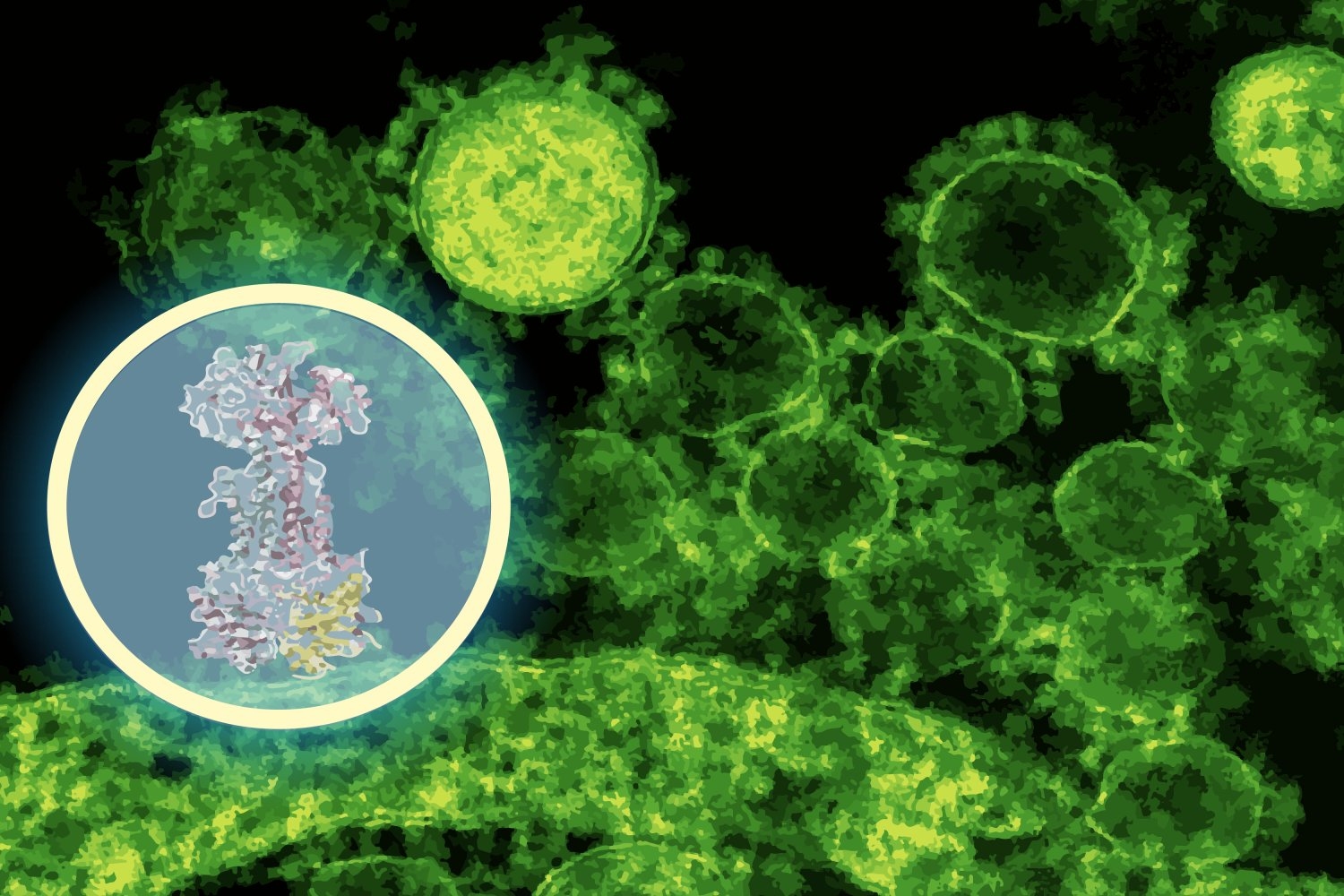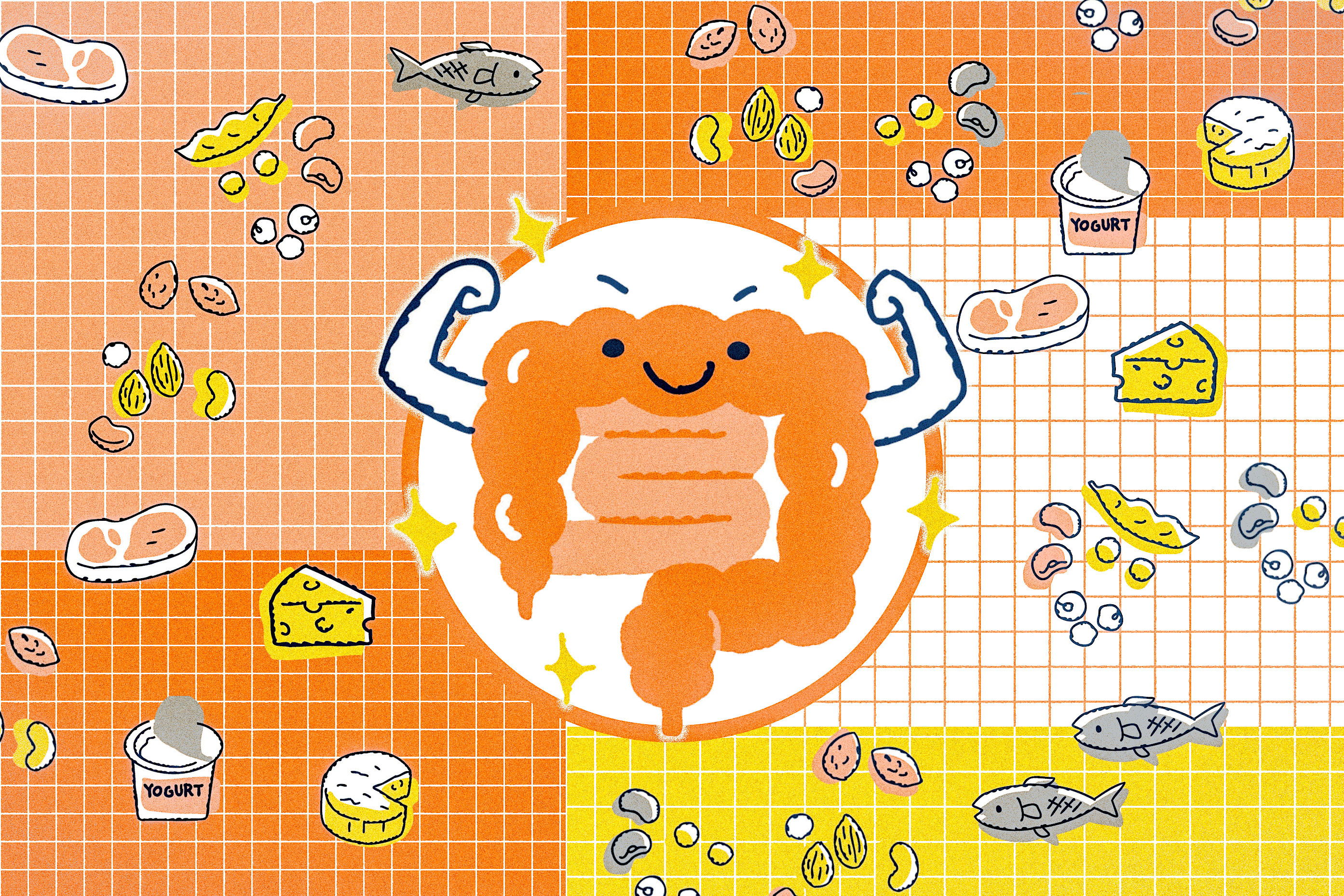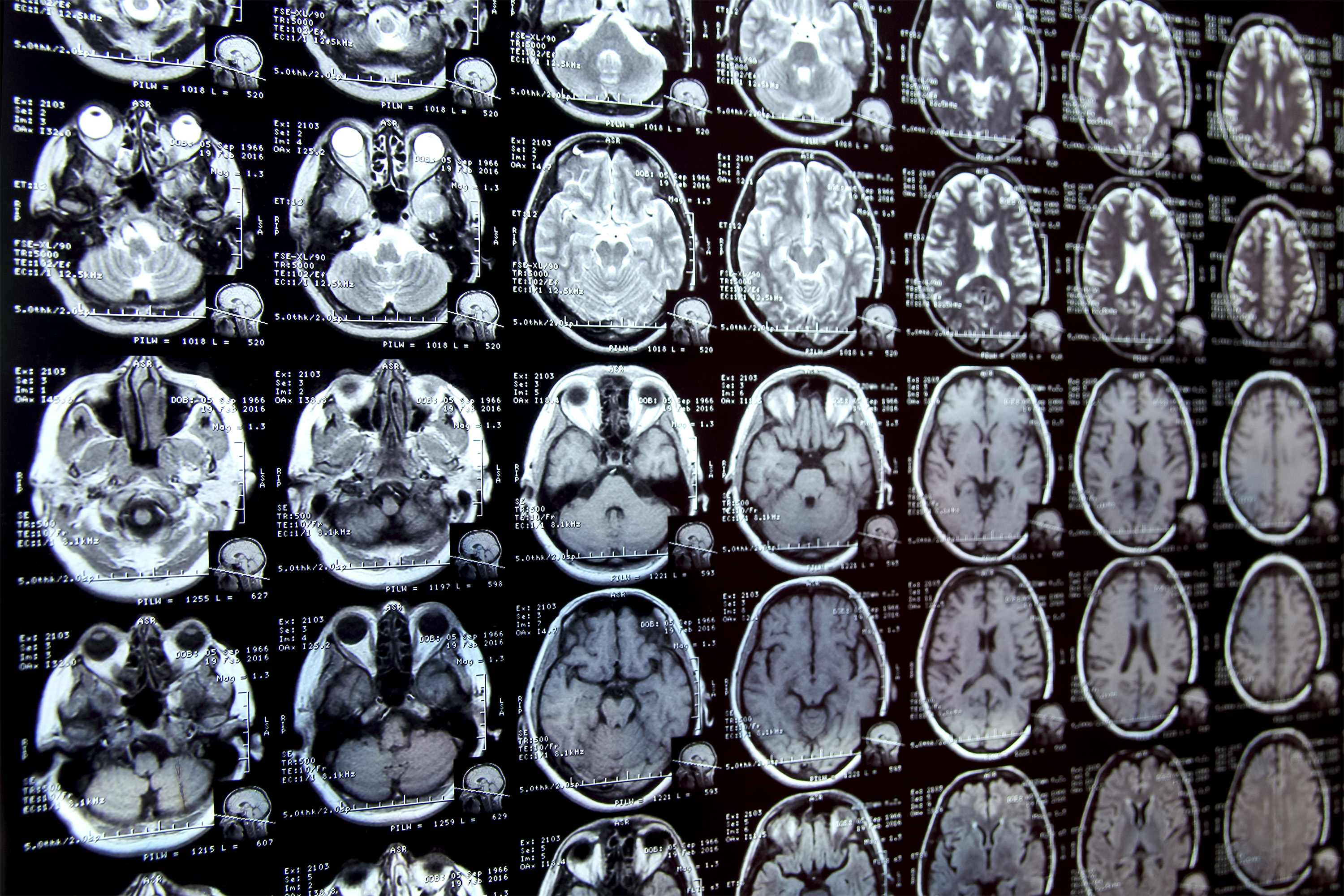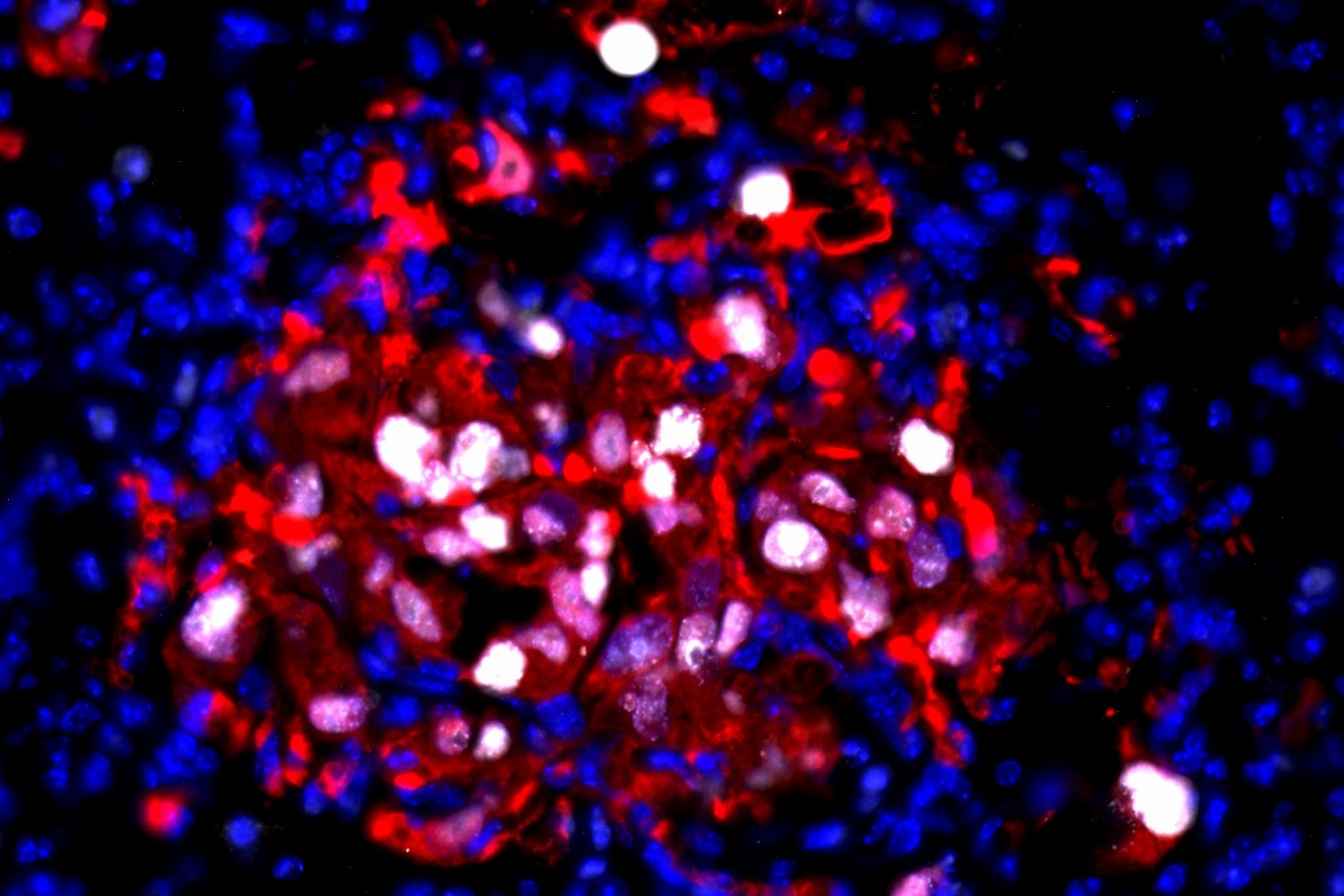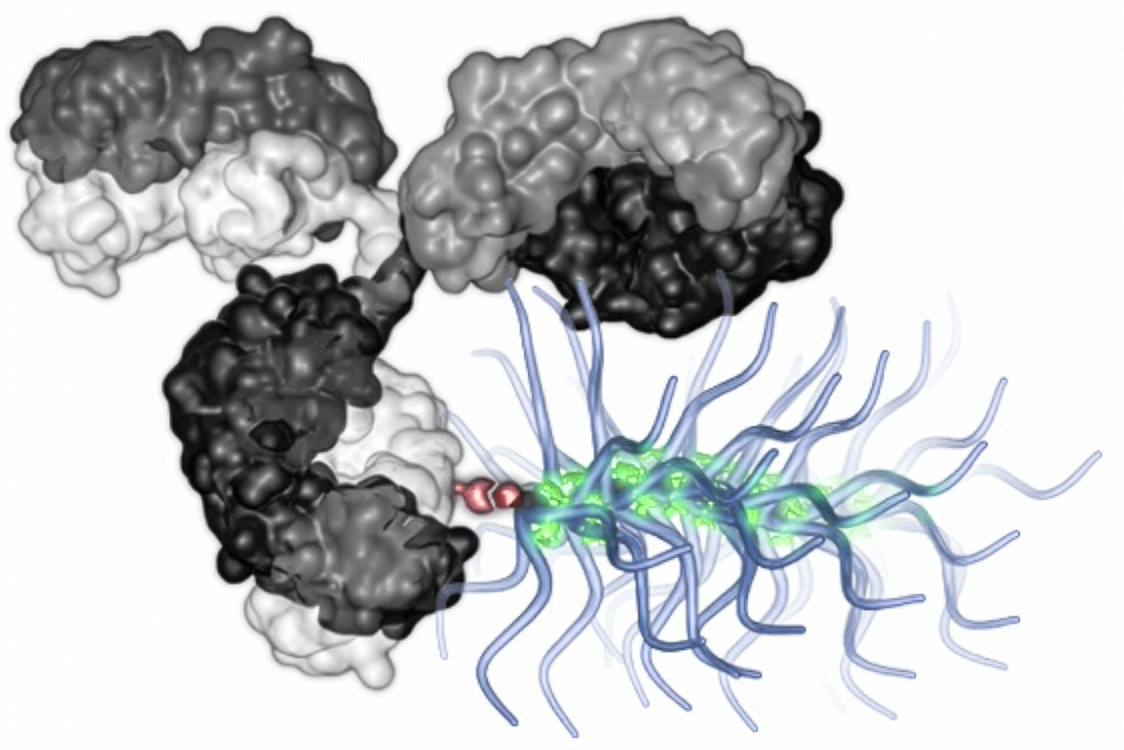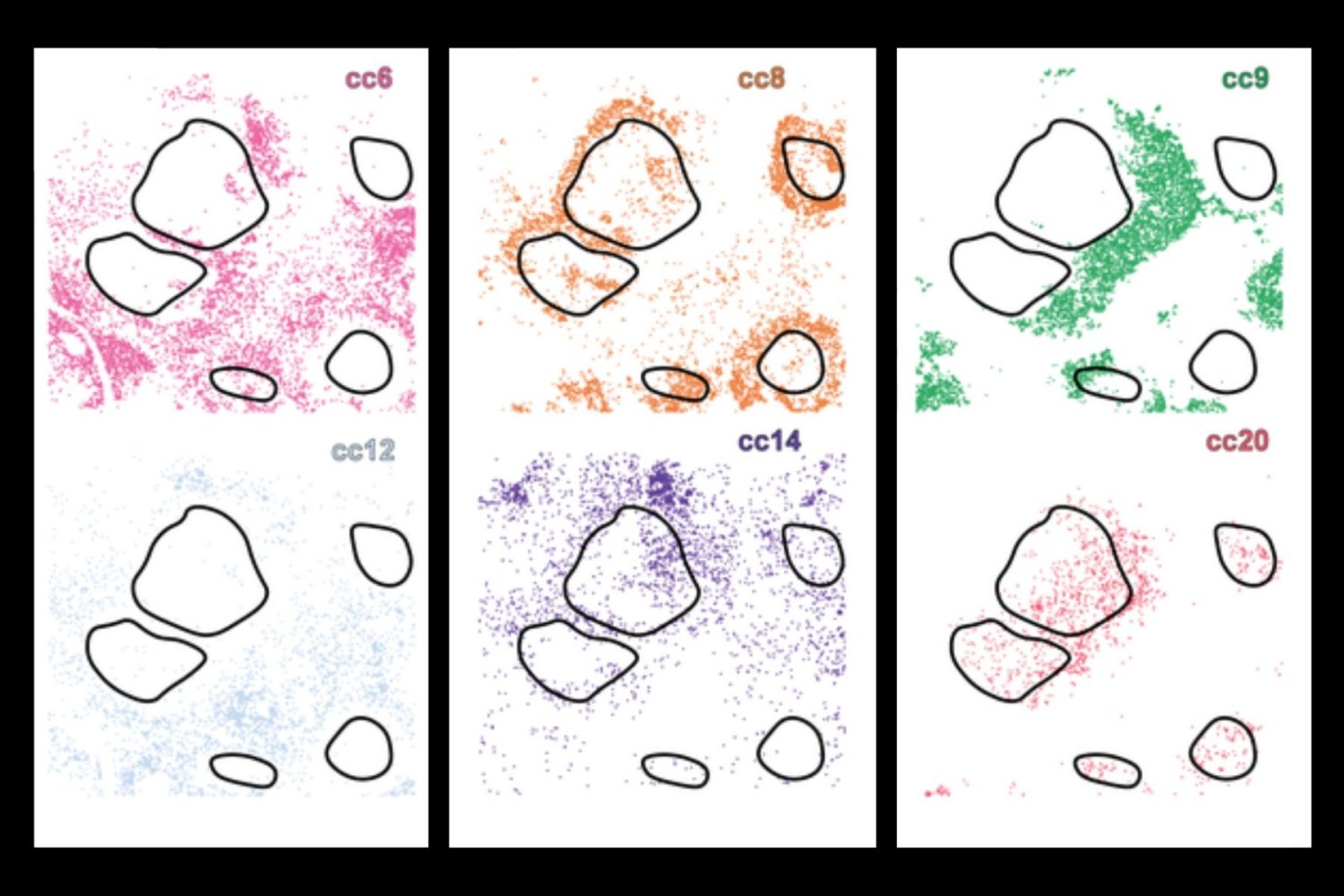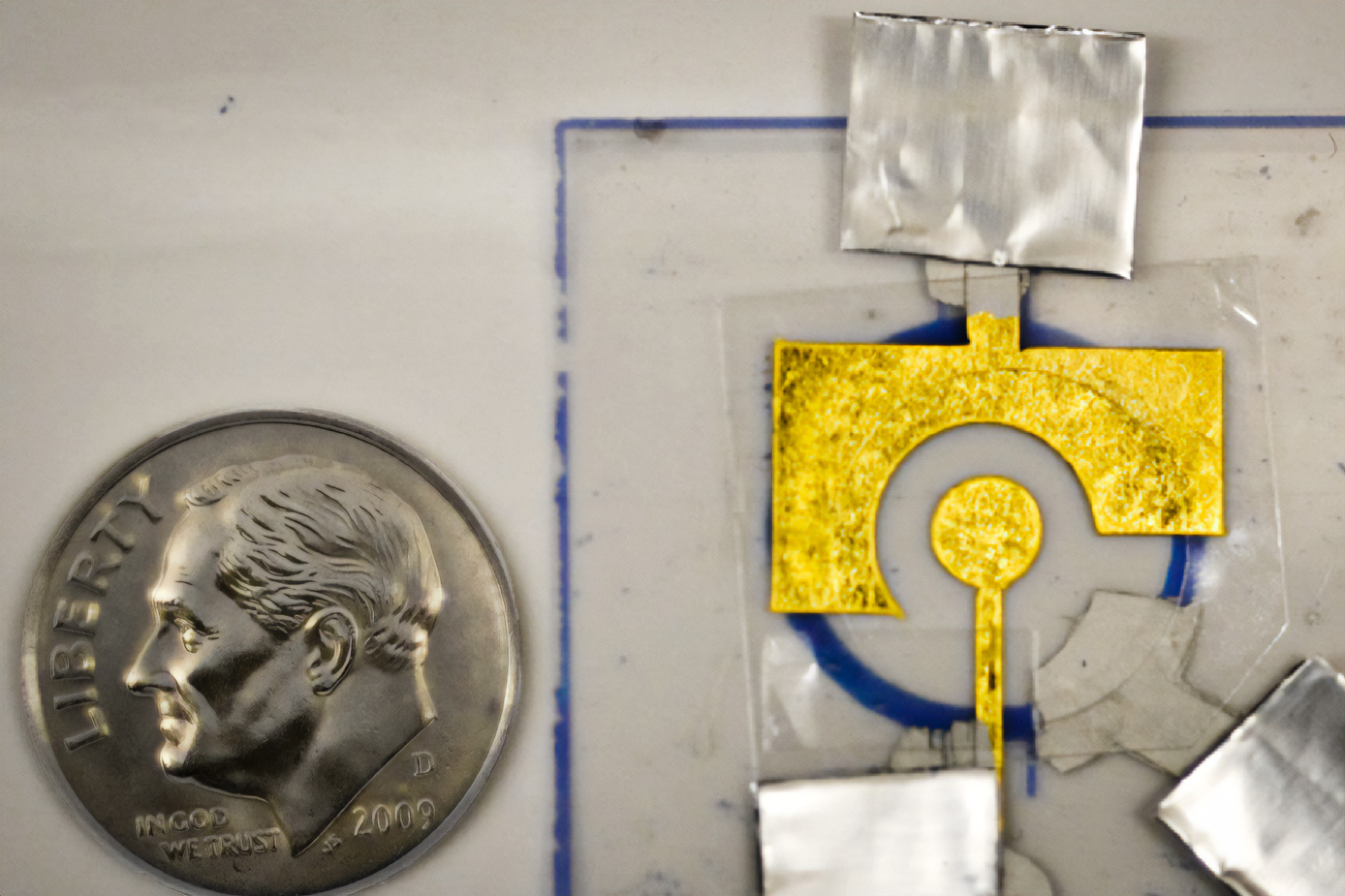HealthCare am MIT
- New bioadhesive strategy can prevent fibrous encapsulation around device implants on peripheral nervesvon Anne Wilson | Department of Mechanical Engineering am 3. Dezember 2025 um 14:00
Inspired by traditional acupuncture, the approach has potential to impact all implantable bioelectronic devices, enabling applications such as hypertension mitigation.
- Noninvasive imaging could replace finger pricks for people with diabetesvon Anne Trafton | MIT News am 3. Dezember 2025 um 5:01
MIT engineers show they can accurately measure blood glucose by shining near-infrared light on the skin.
- MIT chemists synthesize a fungal compound that holds promise for treating brain cancervon Anne Trafton | MIT News am 3. Dezember 2025 um 5:00
Preliminary studies find derivatives of the compound, known as verticillin A, can kill some types of glioma cells.
- MIT chemists synthesize a fungal compound that holds promise for treating brain cancervon Anne Trafton | MIT News am 3. Dezember 2025 um 5:00
Preliminary studies find derivatives of the compound, known as verticillin A, can kill some types of glioma cells.
- Researchers discover a shortcoming that makes LLMs less reliablevon Adam Zewe | MIT News am 26. November 2025 um 5:00
Large language models can learn to mistakenly link certain sentence patterns with specific topics — and may then repeat these patterns instead of reasoning.
- MIT scientists debut a generative AI model that could create molecules addressing hard-to-treat diseasesvon Alex Ouyang | Abdul Latif Jameel Clinic for Machine Learning in Health am 25. November 2025 um 21:25
BoltzGen generates protein binders for any biological target from scratch, expanding AI’s reach from understanding biology toward engineering it.
- Josh Randolph: Taking care of others as an EMT and ROTC leadervon Frances Klemm | MIT News correspondent am 21. November 2025 um 5:00
“I always wanted to be in public service, serve my community, and serve my country,” says the MIT mechanical engineering major.
- An improved way to detach cells from culture surfacesvon Anne Wilson | Department of Mechanical Engineering am 18. November 2025 um 21:20
The approach could transform large-scale biomanufacturing by enabling automated and contamination-conscious workflows for cell therapies, tissue engineering, and regenerative medicine.
- An improved way to detach cells from culture surfacesvon Anne Wilson | Department of Mechanical Engineering am 18. November 2025 um 21:20
The approach could transform large-scale biomanufacturing by enabling automated and contamination-conscious workflows for cell therapies, tissue engineering, and regenerative medicine.
- The science of consciousnessvon Benjamin Daniel | School of Humanities, Arts, and Social Sciences am 18. November 2025 um 19:50
Through the MIT Consciousness Club, professors Matthias Michel and Earl Miller are exploring how neurological activity gives rise to human experience.
- Study suggests 40Hz sensory stimulation may benefit some Alzheimer’s patients for yearsvon David Orenstein | The Picower Institute for Learning and Memory am 14. November 2025 um 20:35
Five volunteers received 40Hz stimulation for around two years after an early-stage clinical study. Those with late-onset Alzheimer’s performed better on assessments than Alzheimer’s patients outside the trial.
- From nanoscale to global scale: Advancing MIT’s special initiatives in manufacturing, health, and climatevon Amanda Stoll DiCristofaro | MIT.nano am 13. November 2025 um 20:45
MIT.nano cleanroom complex named after Robert Noyce PhD ’53 at the 2025 Nano Summit.
- Phil Sharp-Alnylam Fund for Emerging Scientists to support MIT biology graduate students and facultyvon Lillian Eden | Department of Biology am 12. November 2025 um 21:30
Alnylam Pharmaceuticals establishes named fund in honor of its co-founder, an MIT Institute Professor and Nobel laureate.
- Particles that enhance mRNA delivery could reduce vaccine dosage and costsvon Anne Trafton | MIT News am 7. November 2025 um 10:00
Using these nanoparticles to deliver a flu vaccine, researchers observed an effective immune response at a much lower dose.
- Charting the future of AI, from safer answers to faster thinkingvon Lauren Hinkel | MIT-IBM Watson AI Lab am 6. November 2025 um 21:40
MIT PhD students who interned with the MIT-IBM Watson AI Lab Summer Program are pushing AI tools to be more flexible, efficient, and grounded in truth.
- MIT researchers invent new human brain model to enable disease research, drug discoveryvon David Orenstein | Bendta Schroeder | The Picower Institute for Learning and Memory | Koch Institute am 5. November 2025 um 22:15
Cultured from induced pluripotent stem cells, “miBrains” integrate all major brain cell types and model brain structures, cellular interactions, activity, and pathological features.
- MIT study finds targets for a new tuberculosis vaccinevon Anne Trafton | MIT News am 5. November 2025 um 19:00
Using these antigens, researchers plan to develop vaccine candidates that they hope would stimulate a strong immune response against the world’s deadliest pathogen.
- New therapeutic brain implants could defy the need for surgeryvon Adam Zewe | MIT News am 5. November 2025 um 10:00
MIT researchers created microscopic wireless electronic devices that travel through blood and implant in target brain regions, where they provide electrical stimulation.
- A new patch could help to heal the heartvon Anne Trafton | MIT News am 4. November 2025 um 16:00
MIT engineers developed a programmable drug-delivery patch that can promote tissue healing and blood vessel regrowth following a heart attack.
- Turning on an immune pathway in tumors could lead to their destructionvon Anne Trafton | MIT News am 3. November 2025 um 20:00
MIT researchers show they can use messenger RNA to activate the pathway and trigger the immune system to attack tumors.
- Turning on an immune pathway in tumors could lead to their destructionvon Anne Trafton | MIT News am 3. November 2025 um 20:00
MIT researchers show they can use messenger RNA to activate the pathway and trigger the immune system to attack tumors.
- New nanoparticles stimulate the immune system to attack ovarian tumorsvon Anne Trafton | MIT News am 31. Oktober 2025 um 10:00
Targeted particles carrying the cytokine IL-12 can jump-start T cells, allowing them to clear tumors while avoiding side effects.
- Q&A: How MITHIC is fostering a culture of collaboration at MITvon Michael Brindley | School of Humanities, Arts, and Social Sciences am 30. Oktober 2025 um 19:45
A presidential initiative, the MIT Human Insight Collaborative is supporting new interdisciplinary initiatives and projects across the Institute.
- Injectable antenna could safely power deep-tissue medical implantsvon Michaela Jarvis | MIT Media Lab am 29. Oktober 2025 um 21:00
The technology would allow battery-free, minimally invasive, scalable bioelectronic implants such as pacemakers, neuromodulators, and body process monitors.
- This is your brain without sleepvon Anne Trafton | MIT News am 29. Oktober 2025 um 10:00
New research shows attention lapses due to sleep deprivation coincide with a flushing of fluid from the brain — a process that normally occurs during sleep.
- Designing better, longer-lasting medicinesvon David Chandler | Department of Materials Science and Engineering am 28. Oktober 2025 um 19:45
Adding amino acids to certain protein-based medications can improve stability and effectiveness. New MIT research demonstrates how it works.
- MIT students stretch minds and bodiesvon Sarah Foote | Division of Student Life am 27. Oktober 2025 um 20:15
Exercise is Medicine class integrates physical activity and academics.
- Professor Ioannis Yannas, pioneer of regenerative medicine who invented artificial skin for the treatment of severe burns, dies at 90von Anne Wilson | Department of Mechanical Engineering am 27. Oktober 2025 um 13:00
A beloved member of the Department of Mechanical Engineering for nearly 60 years, Yannas helped save the lives of thousands of burn victims through his research and innovation.
- Startup’s tablets deliver cancer drugs more evenly over timevon Zach Winn | MIT News am 23. Oktober 2025 um 4:00
An MIT team’s technology could allow cancer drugs to be delivered more steadily into the bloodstream, to improve effectiveness and reduce side effects.
- Startup’s tablets deliver cancer drugs more evenly over timevon Zach Winn | MIT News am 23. Oktober 2025 um 4:00
An MIT team’s technology could allow cancer drugs to be delivered more steadily into the bloodstream, to improve effectiveness and reduce side effects.
- Five with MIT ties elected to National Academy of Medicine for 2025von Lillian Eden | Jane Halpern | Department of Biology | Department of Electrical Engineering and Computer Science am 22. Oktober 2025 um 19:25
Professors Facundo Batista and Dina Katabi, along with three additional MIT alumni, are honored for their outstanding professional achievement and commitment to service.
- Solar energy startup Active Surfaces wins inaugural PITCH.nano competitionvon Amanda Stoll DiCristofaro | MIT.nano am 20. Oktober 2025 um 20:10
Twelve START.nano companies competed for the grand prize of nanoBucks to be used at MIT.nano’s facilities.
- School of Engineering welcomes new faculty in 2024-25von Jordan Silva | School of Engineering am 17. Oktober 2025 um 19:55
The newest MIT engineering faculty are conducting research across a diverse range of subject areas.
- In a surprising discovery, scientists find tiny loops in the genomes of dividing cellsvon Anne Trafton | MIT News am 17. Oktober 2025 um 9:00
Enabled by a new high-resolution mapping technique, the findings overturn a long-held belief that the genome loses its 3D structure when cells divide.
- MIT engineers solve the sticky-cell problem in bioreactors and other industriesvon Zach Winn | MIT News am 15. Oktober 2025 um 18:00
Their system uses electrochemically generated bubbles to detach cells from surfaces, which could accelerate the growth of carbon-absorbing algae and lifesaving cell therapies.
- Helping scientists run complex data analyses without writing codevon Zach Winn | MIT News am 14. Oktober 2025 um 14:15
Co-founded by an MIT alumnus, Watershed Bio offers researchers who aren’t software engineers a way to run large-scale analyses to accelerate biology.
- Immune-informed brain aging research offers new treatment possibilities, speakers sayvon David Orenstein | The Picower Institute for Learning and Memory am 8. Oktober 2025 um 19:30
Speakers at MIT’s Aging Brain Initiative symposium described how immune system factors during aging contribute to Alzheimer’s, Parkinson’s and other conditions. The field is leveraging that knowledge to develop new therapies.
- Engineered “natural killer” cells could help fight cancervon Anne Trafton | MIT News am 8. Oktober 2025 um 9:00
A new study identifies genetic modifications that make these immune cells, known as CAR-NK cells, more effective at destroying cancer cells.
- Matthew Shoulders named head of the Department of Chemistryvon Julia C. Keller | School of Science am 6. Oktober 2025 um 16:55
A leading researcher in protein folding biochemistry and next-generation protein engineering techniques will advance chemistry research and education.
- AI maps how a new antibiotic targets gut bacteriavon Rachel Gordon | MIT CSAIL am 3. Oktober 2025 um 21:00
MIT CSAIL and McMaster researchers used a generative AI model to reveal how a narrow-spectrum antibiotic attacks disease-causing bacteria, speeding up a process that normally takes years.
- A cysteine-rich diet may promote regeneration of the intestinal lining, study suggestsvon Anne Trafton | MIT News am 1. Oktober 2025 um 15:00
The findings may offer a new way to help heal tissue damage from radiation or chemotherapy treatment.
- A cysteine-rich diet may promote regeneration of the intestinal lining, study suggestsvon Anne Trafton | MIT News am 1. Oktober 2025 um 15:00
The findings may offer a new way to help heal tissue damage from radiation or chemotherapy treatment.
- How federal research support has helped create life-changing medicinesvon Peter Dizikes | MIT News am 25. September 2025 um 18:00
A new study finds over half the drugs approved this century cite government-funded research in their patents.
- New AI system could accelerate clinical researchvon Adam Zewe | MIT News am 25. September 2025 um 4:00
By enabling rapid annotation of areas of interest in medical images, the tool can help scientists study new treatments or map disease progression.
- Inflammation jolts “sleeping” cancer cells awake, enabling them to multiply againvon Shafaq Zia | Whitehead Institute am 18. September 2025 um 19:40
Chemotherapy-induced injury of organ tissue causes inflammation that awakens dormant cancer cells, which may cause new tumors to form.
- This MIT spinout is taking biomolecule storage out of the freezervon Zach Winn | MIT News am 12. September 2025 um 4:00
Cache DNA has developed technologies that can preserve biomolecules at room temperature to make storing and transporting samples less expensive and more reliable.
- “Bottlebrush” particles deliver big chemotherapy payloads directly to cancer cellsvon Anne Trafton | MIT News am 9. September 2025 um 9:00
Outfitted with antibodies that guide them to the tumor site, the new nanoparticles could reduce the side effects of treatment.
- Mapping cells in time and space: New tool reveals a detailed history of tumor growthvon Greta Friar | Whitehead Institute am 30. Juli 2025 um 21:00
Researchers developed a tool to recreate cells’ family trees. Comparing cells’ lineages and locations within a tumor provided insights into factors shaping tumor growth.
- New AI system uncovers hidden cell subtypes, boosts precision medicinevon Karen Baird | Department of Chemistry am 11. Juli 2025 um 18:40
CellLENS reveals hidden patterns in cell behavior within tissues, offering deeper insights into cell heterogeneity — vital for advancing cancer immunotherapy.
- MIT engineers develop electrochemical sensors for cheap, disposable diagnosticsvon Anne Trafton | MIT News am 1. Juli 2025 um 15:00
Electrodes coated with DNA could enable inexpensive tests with a long shelf-life, which could detect many diseases and be deployed in the doctor’s office or at home.

